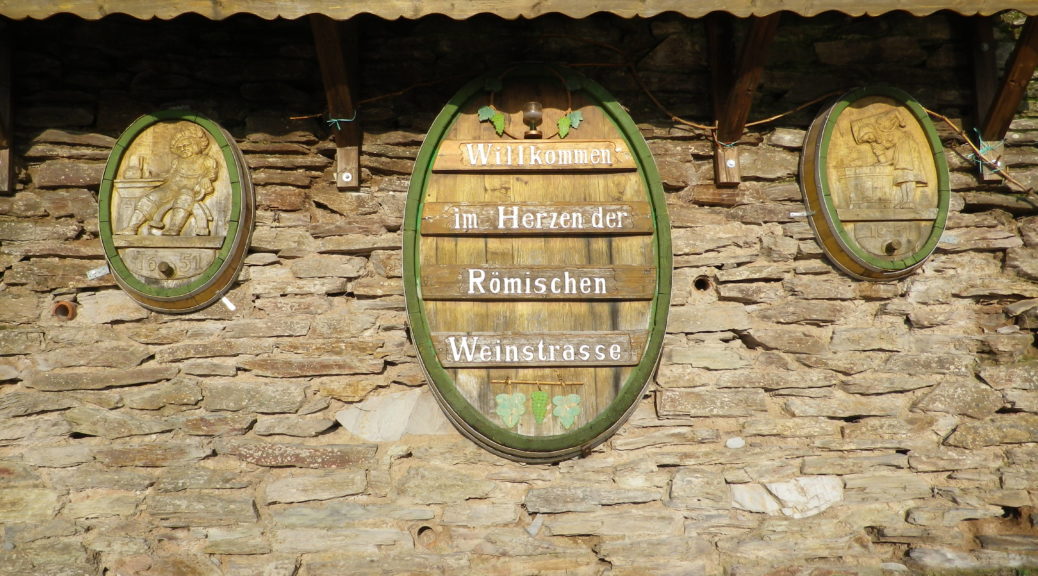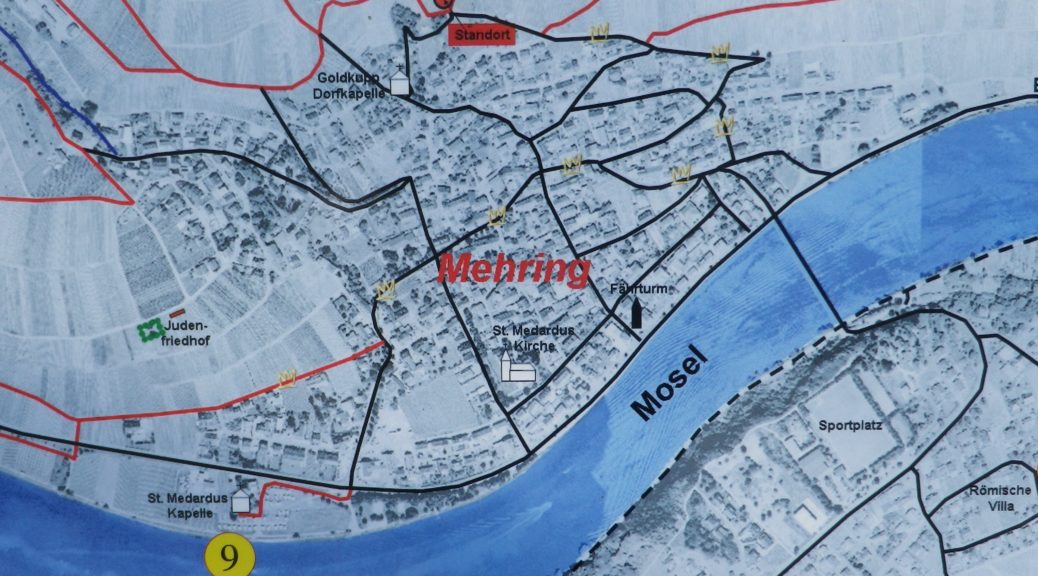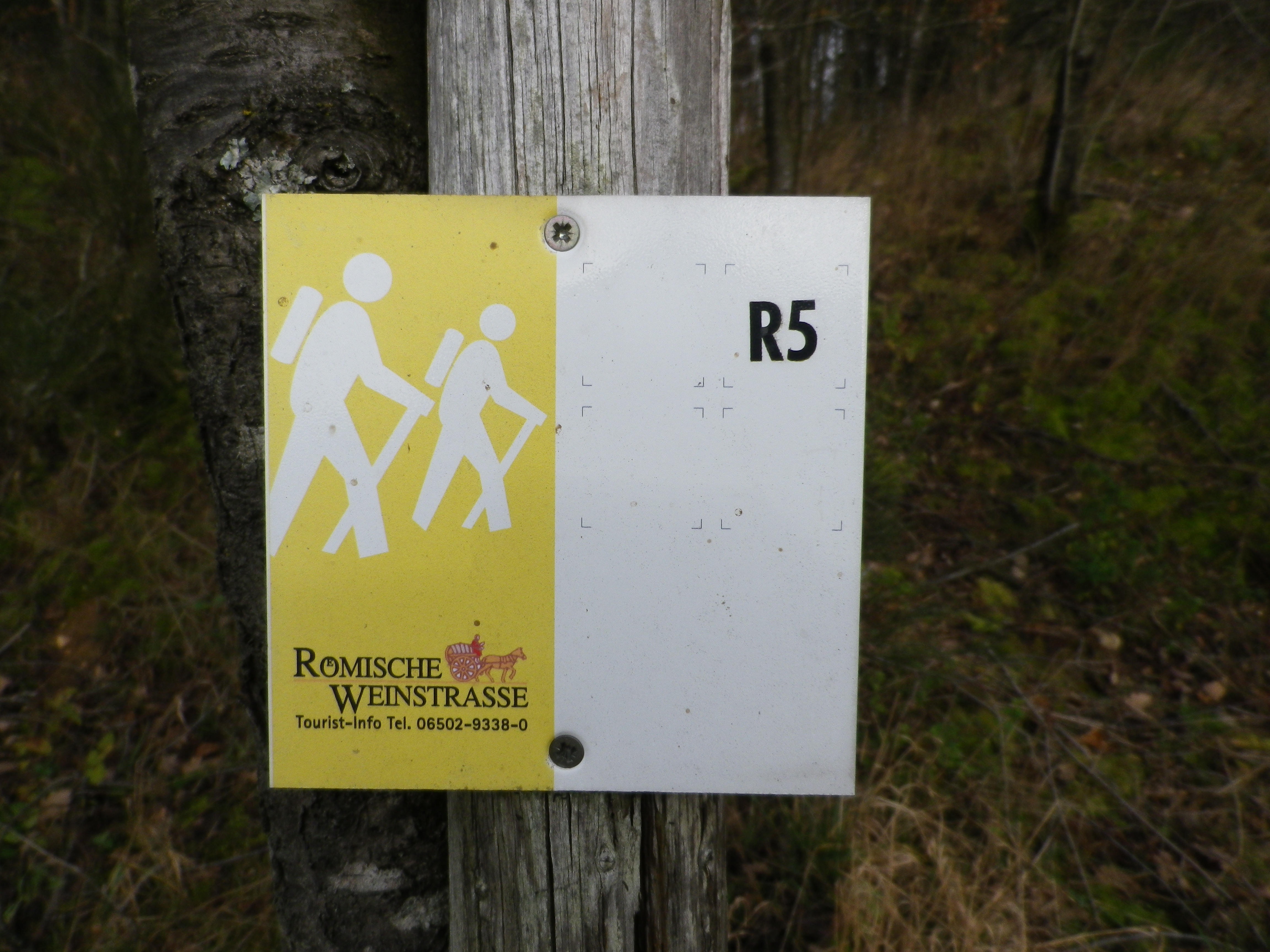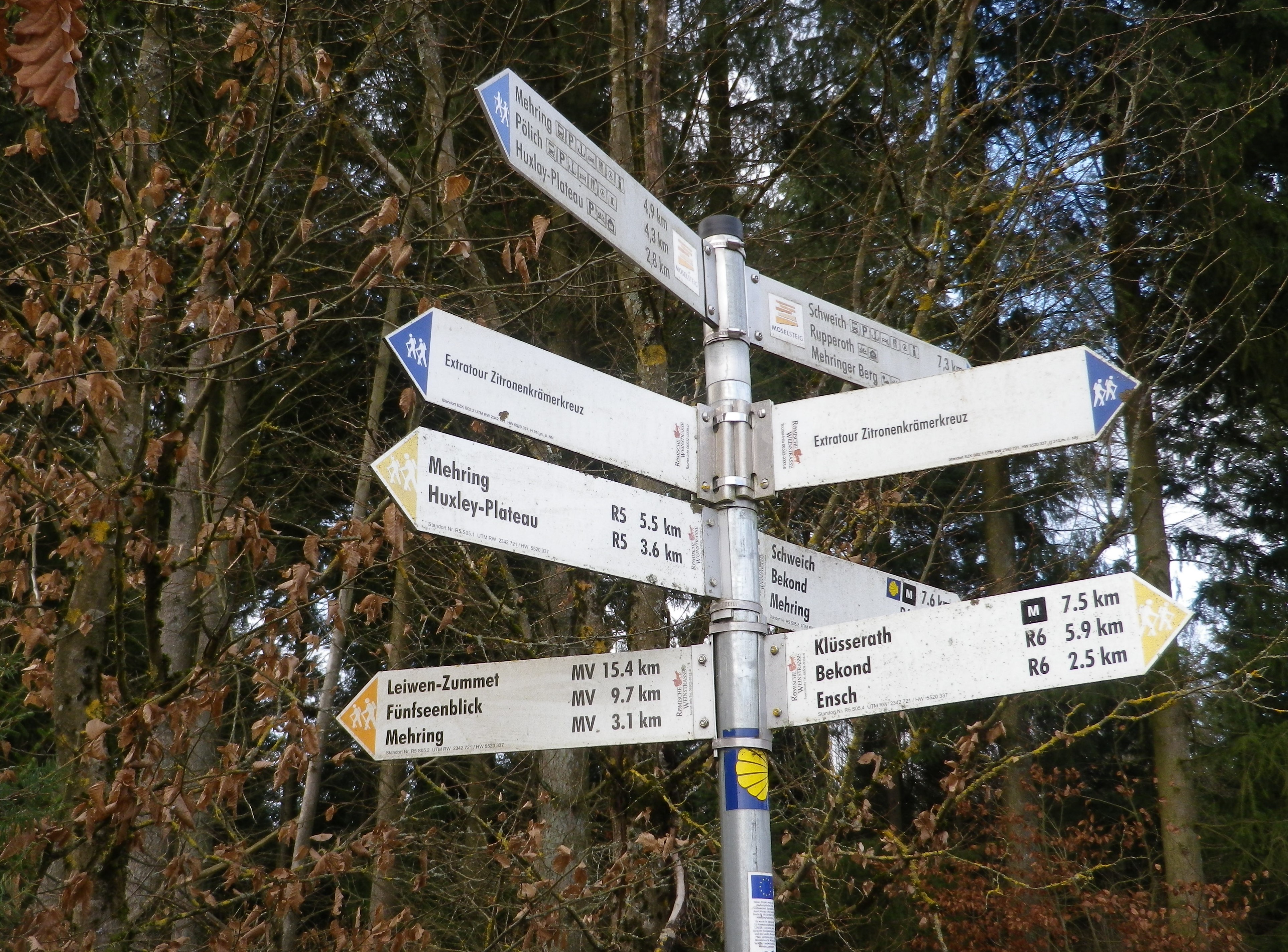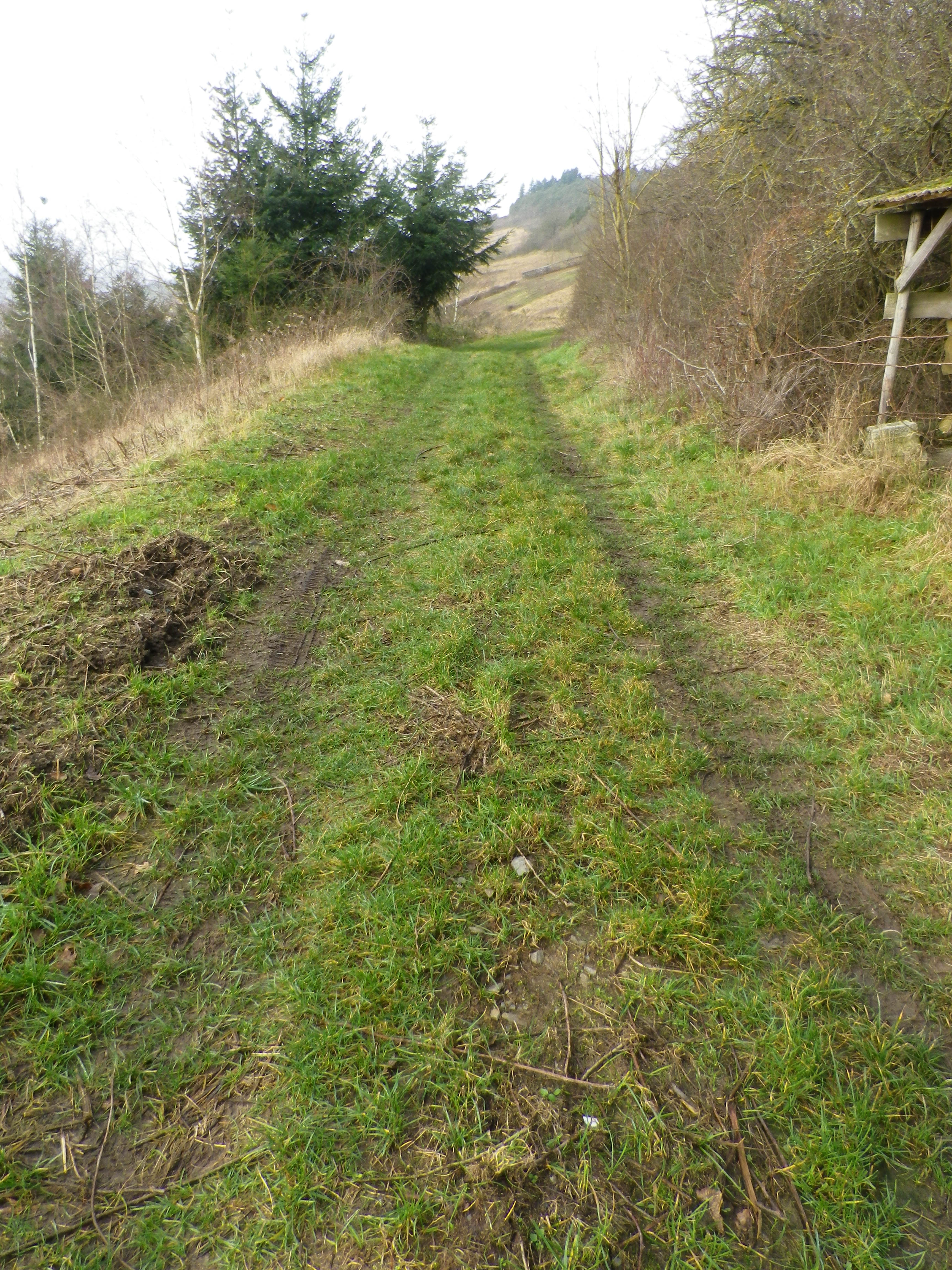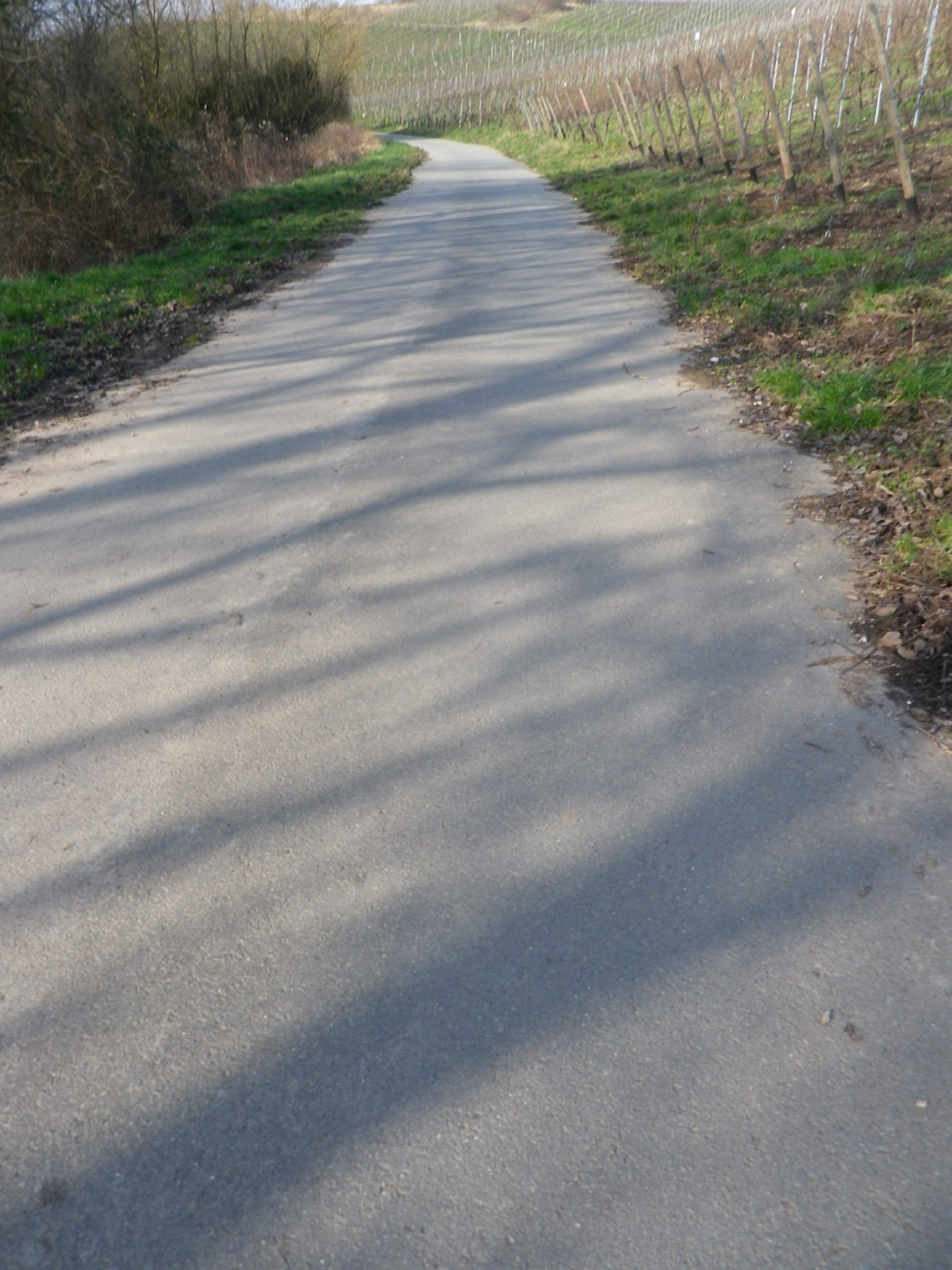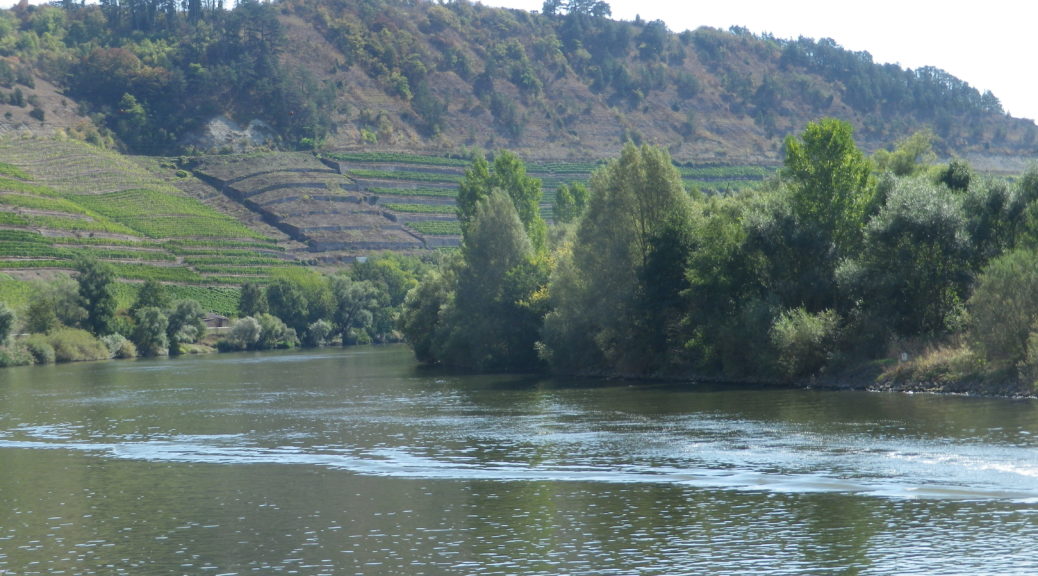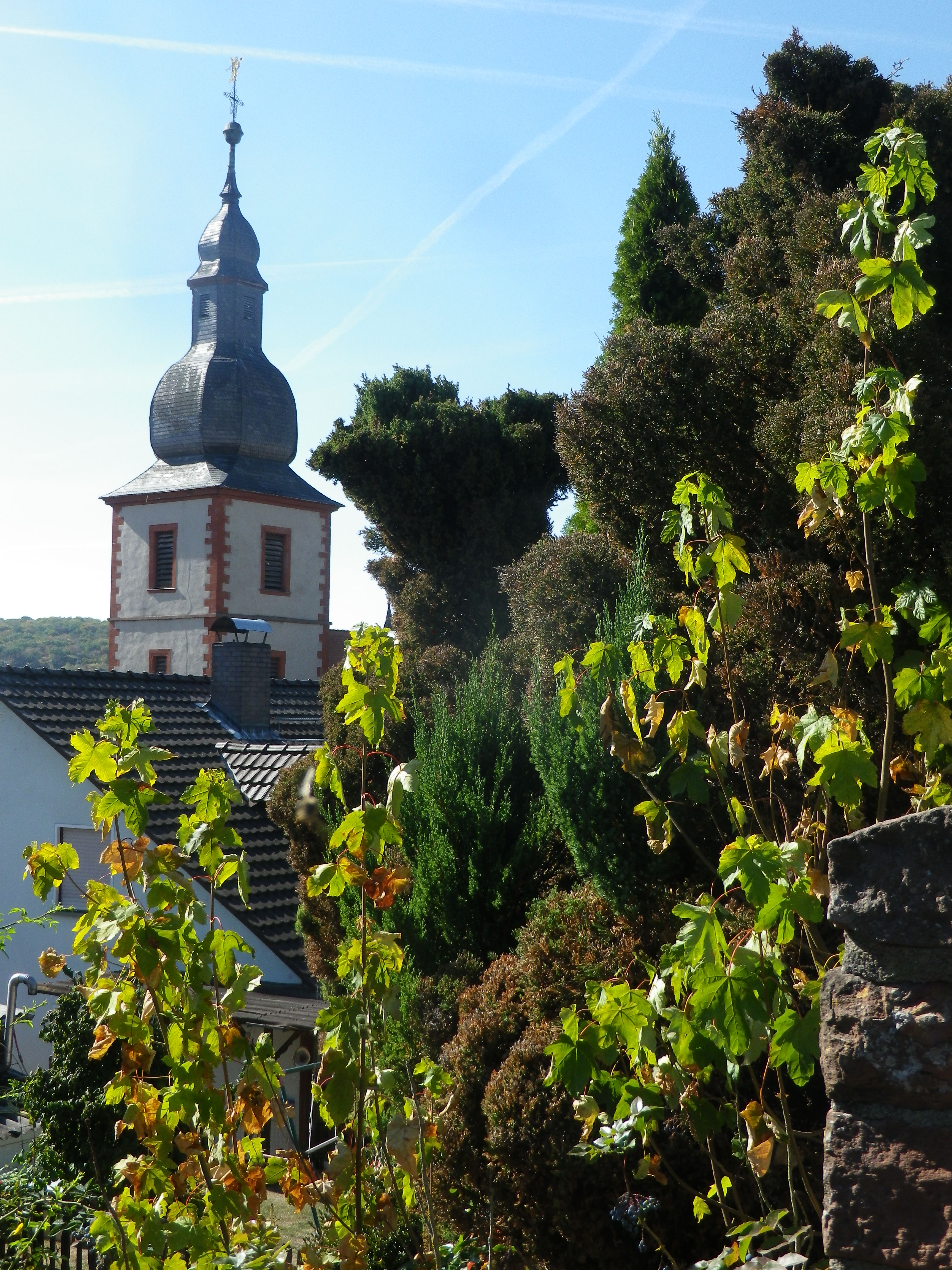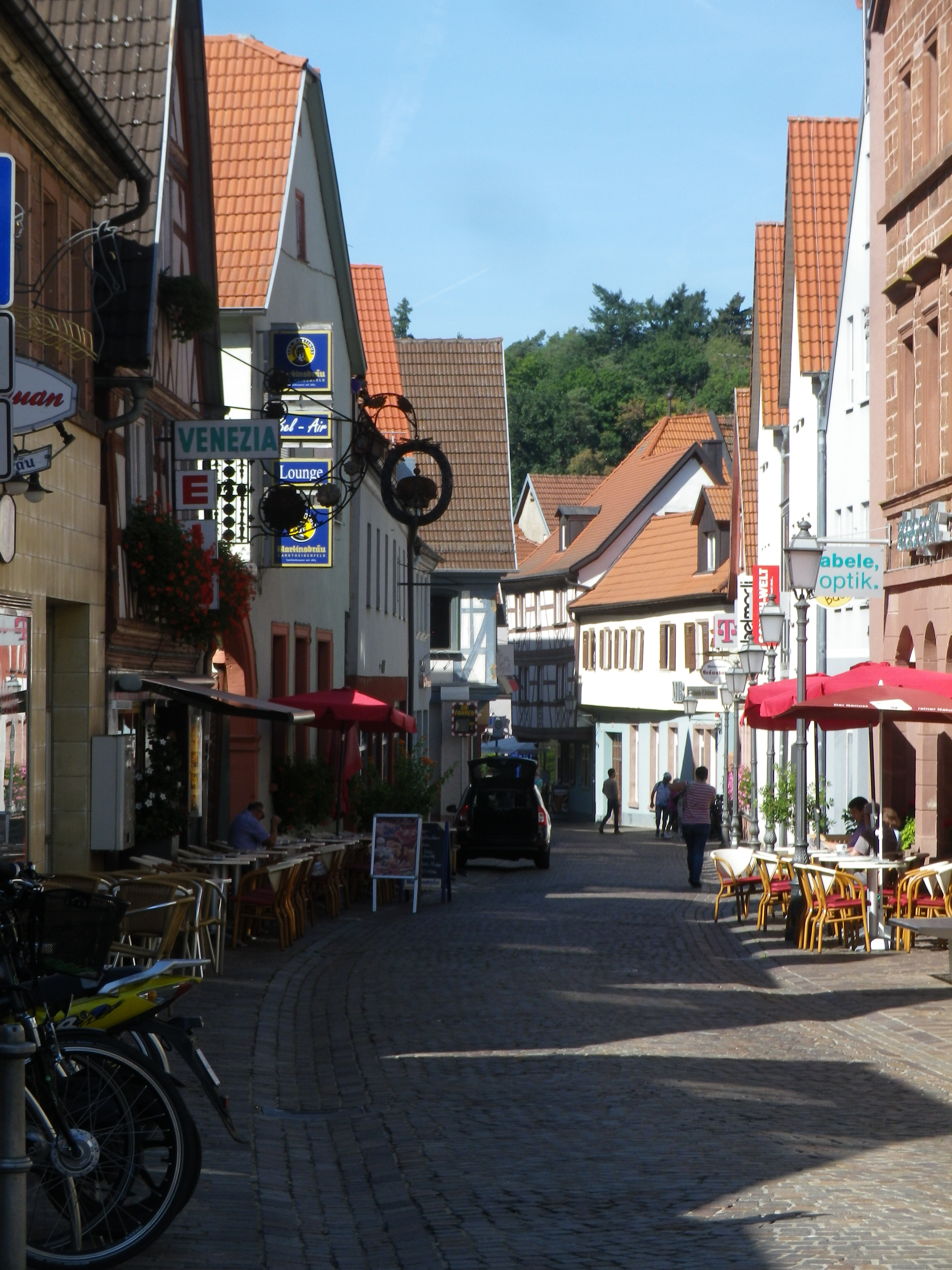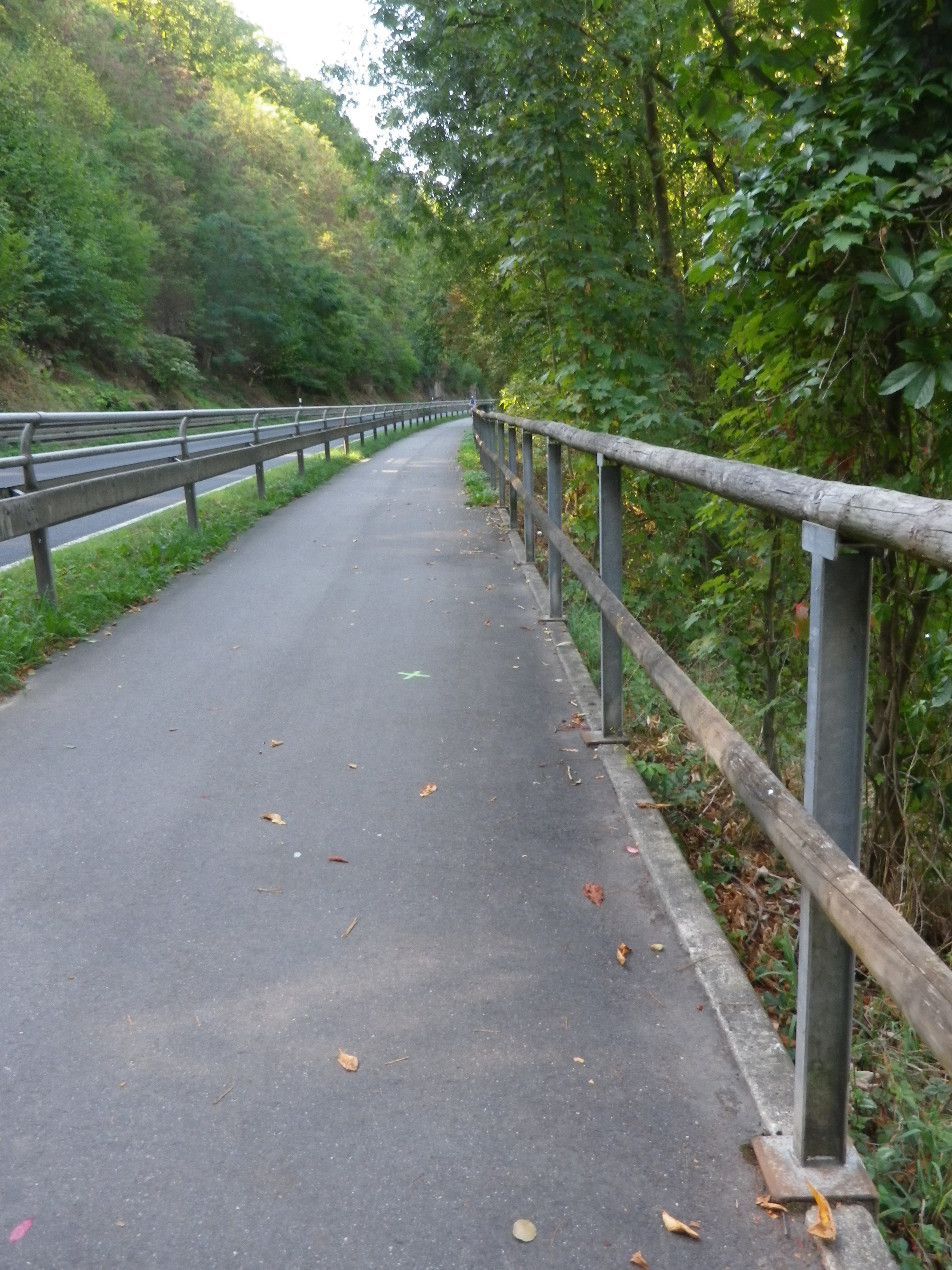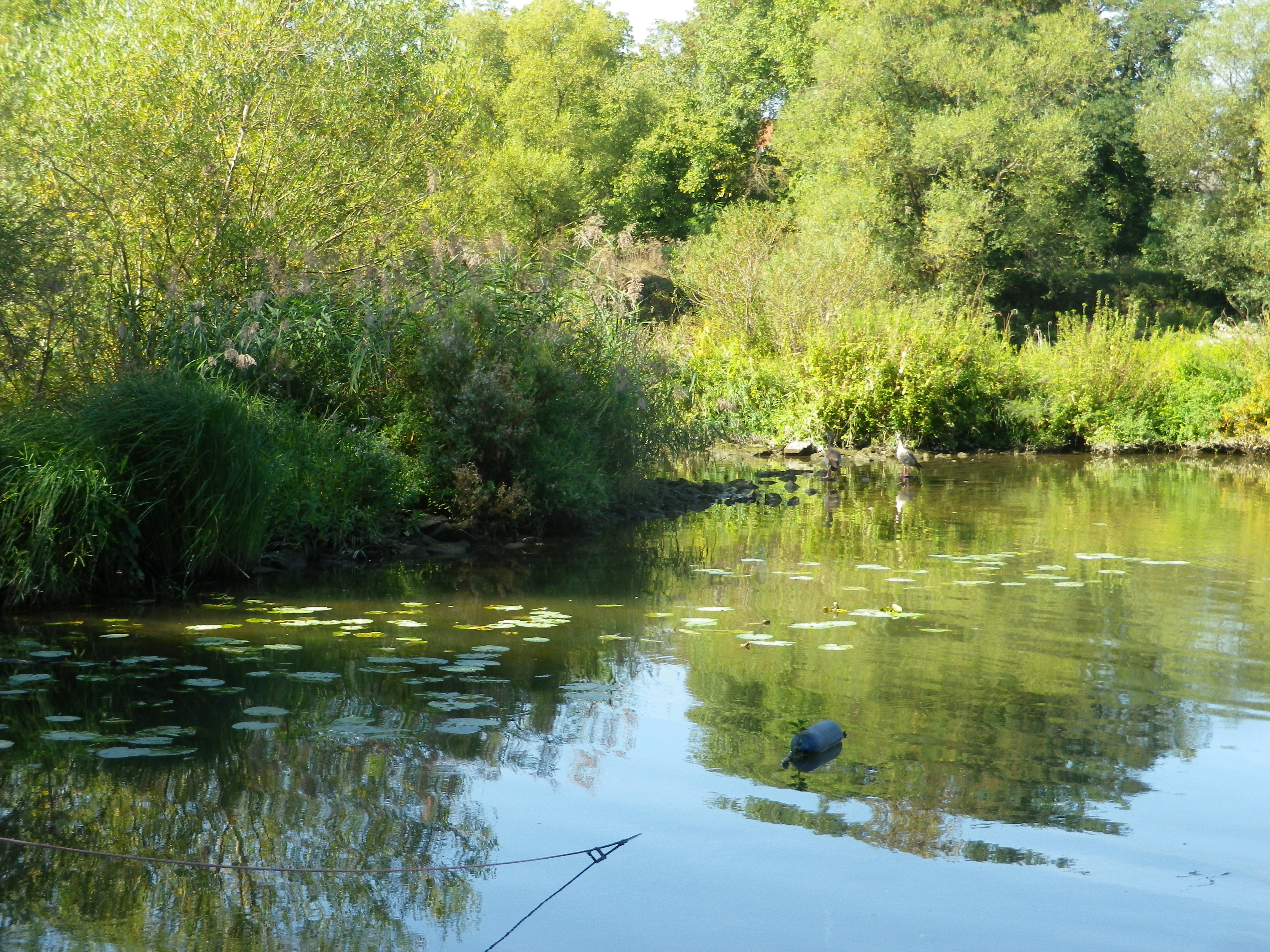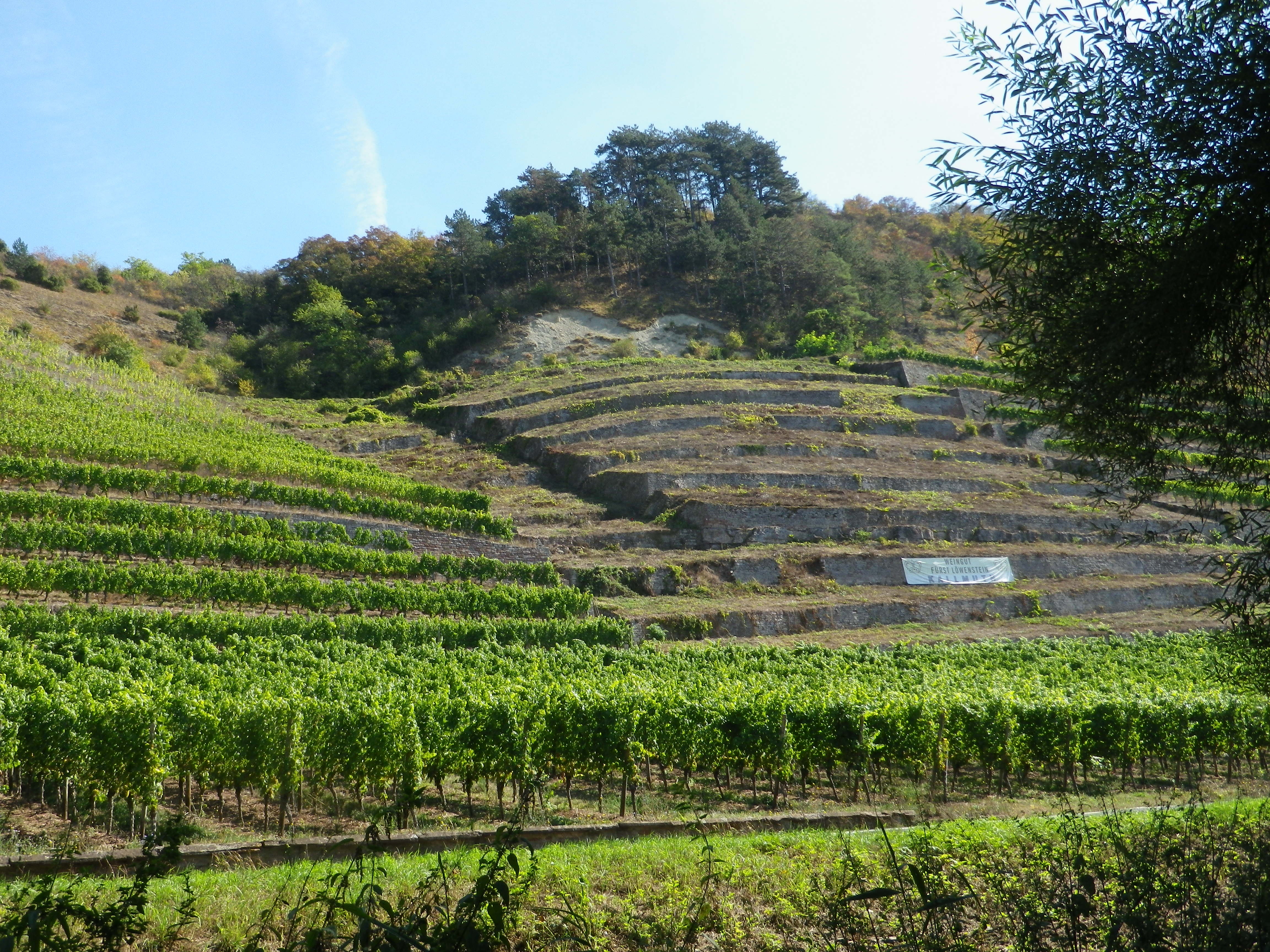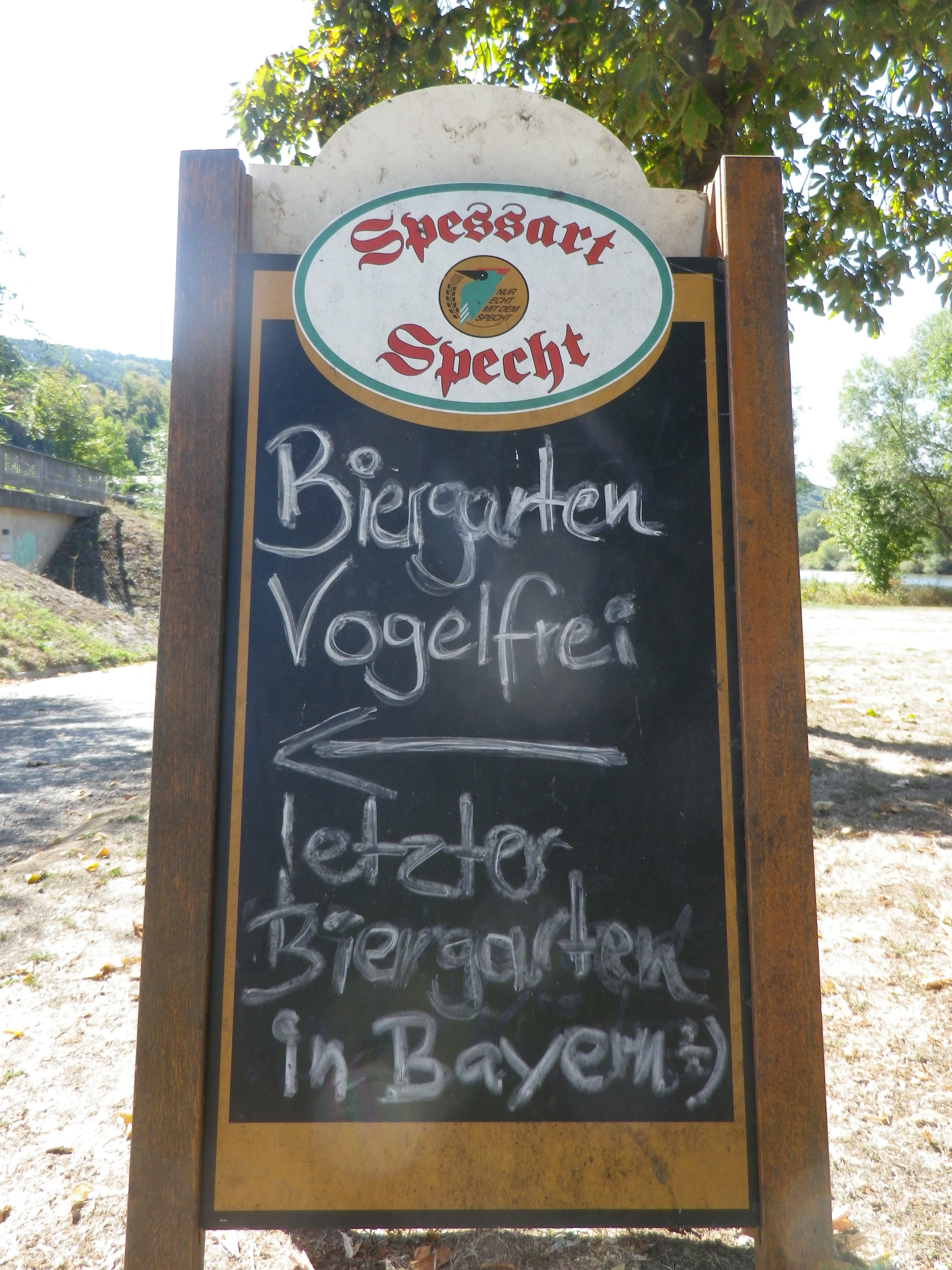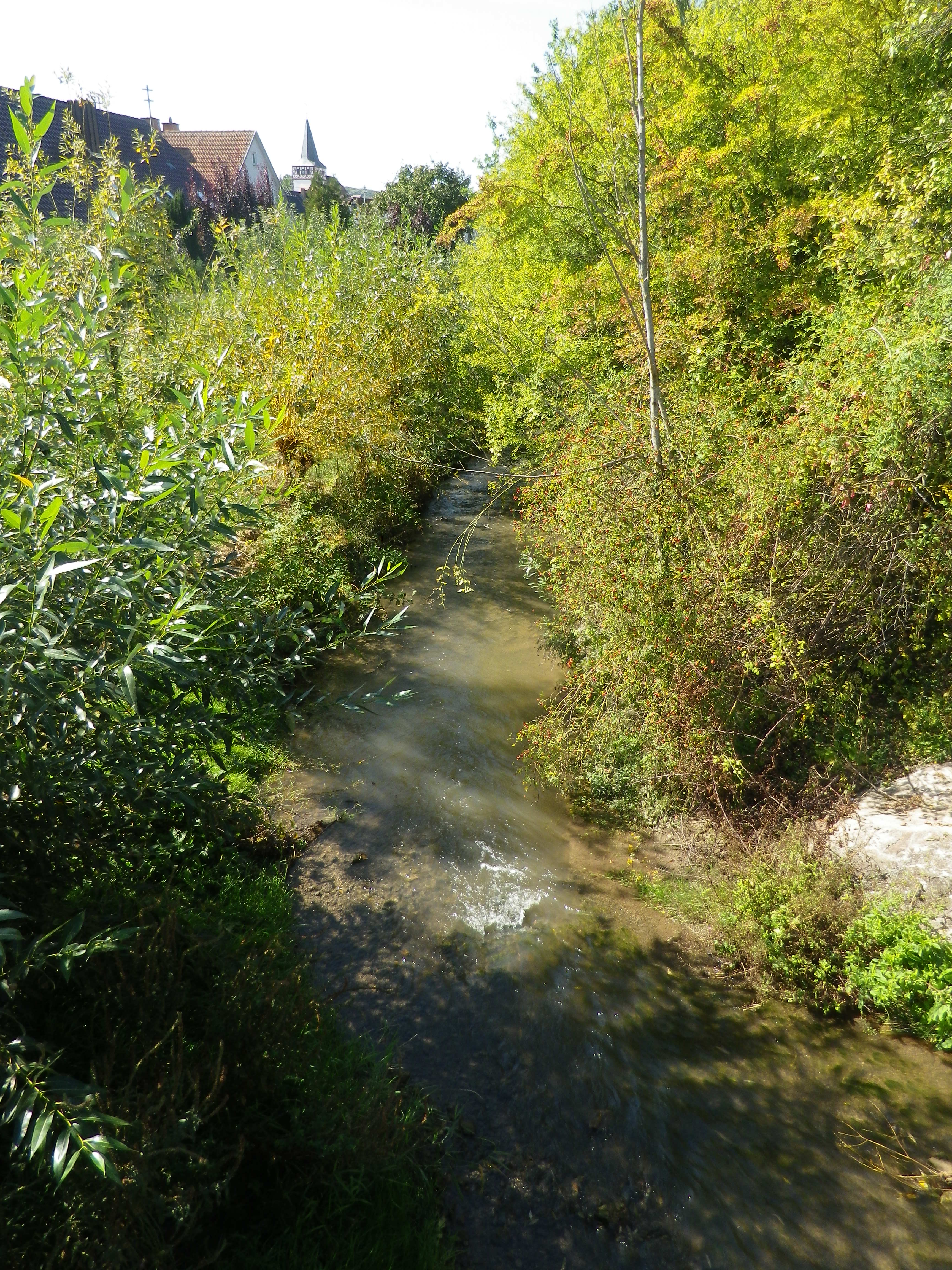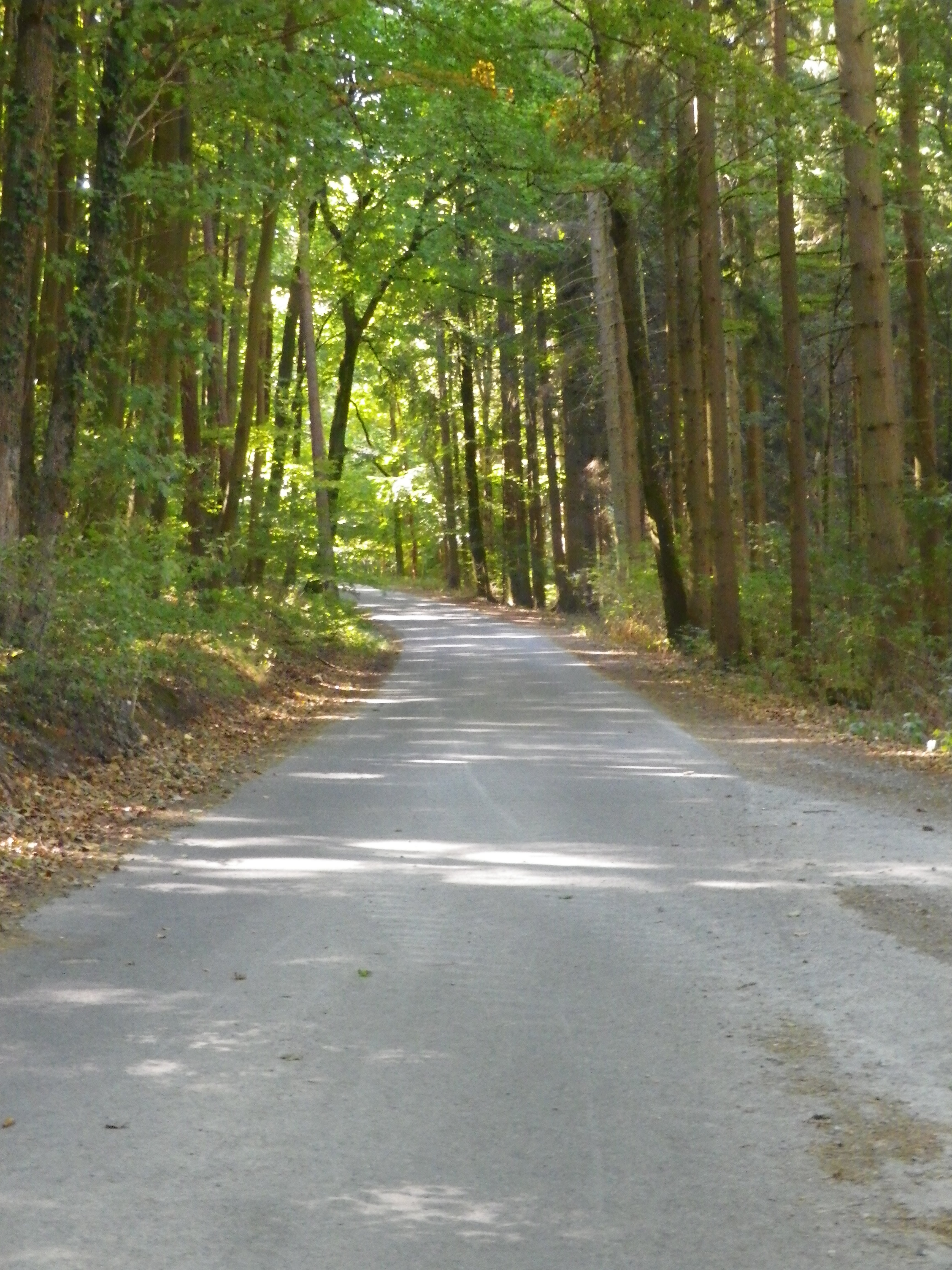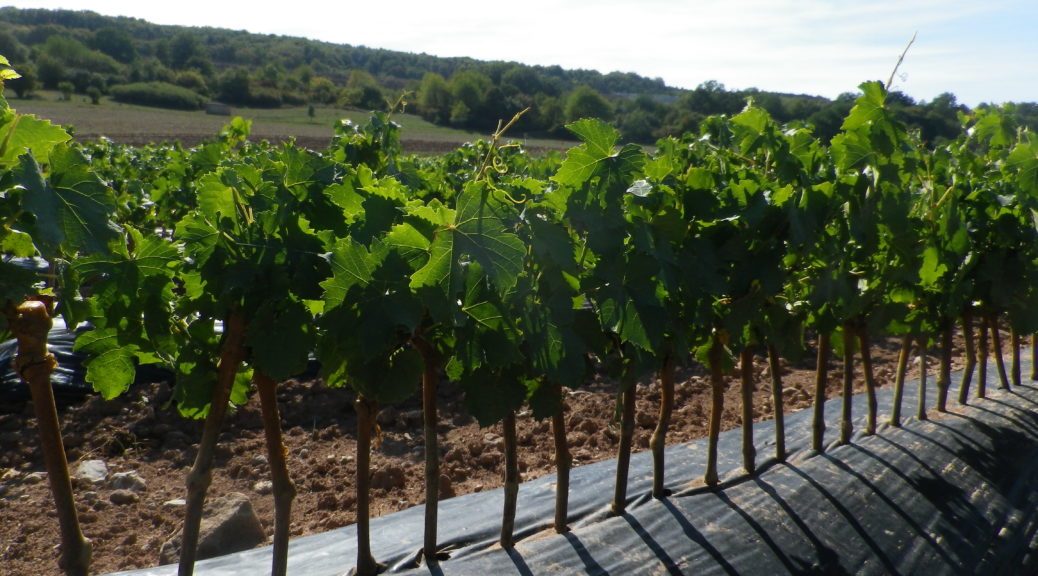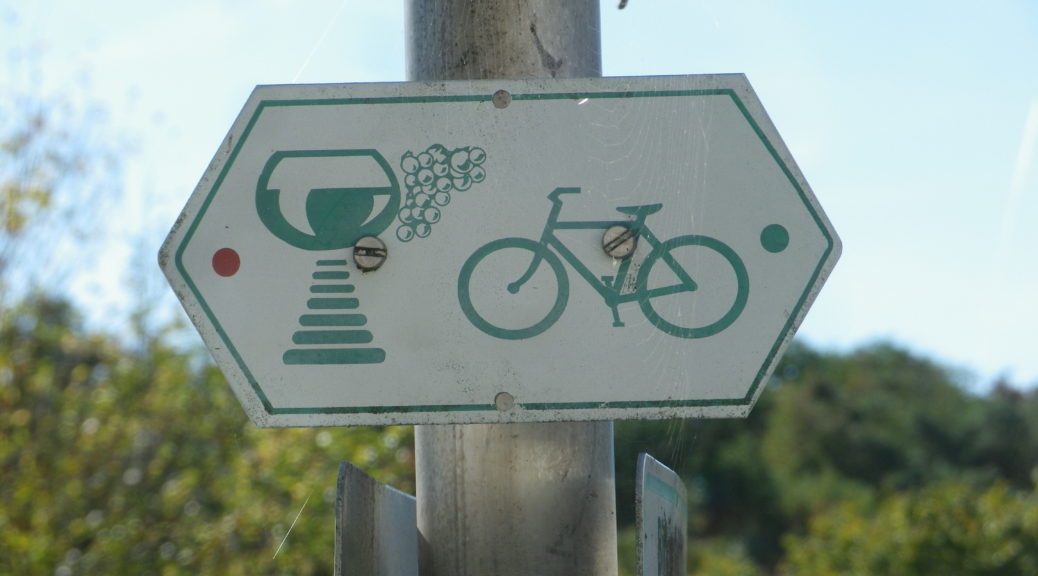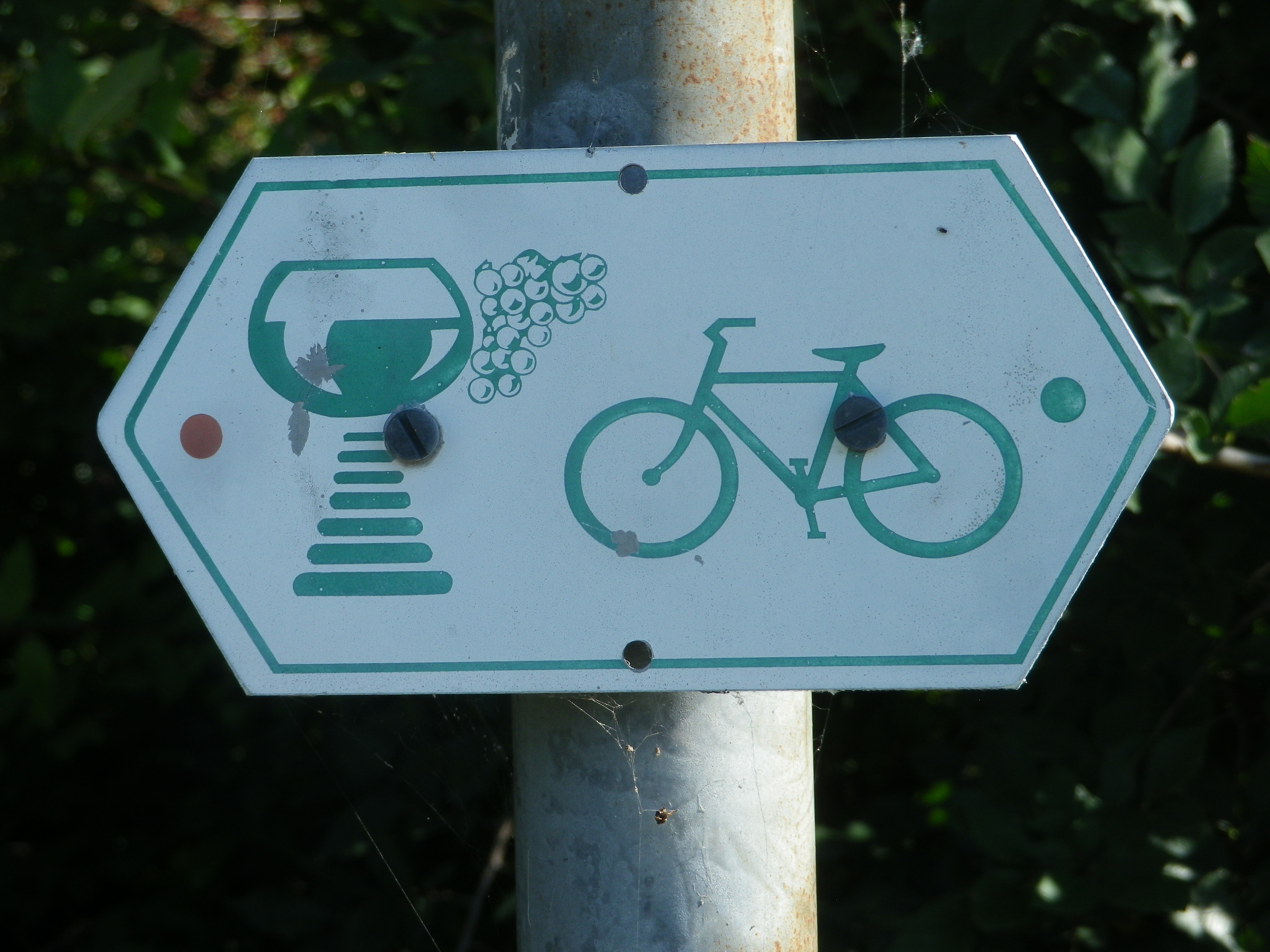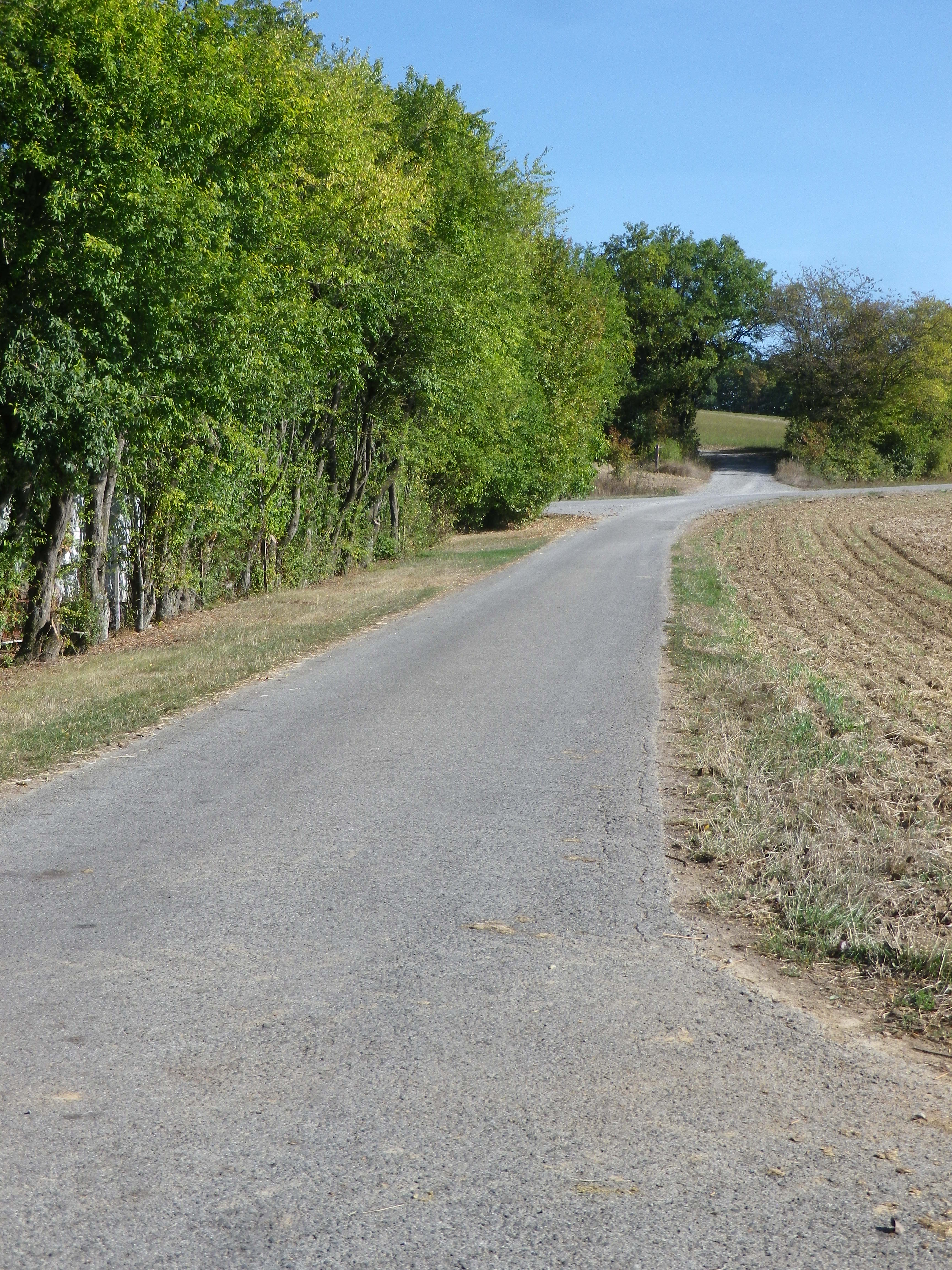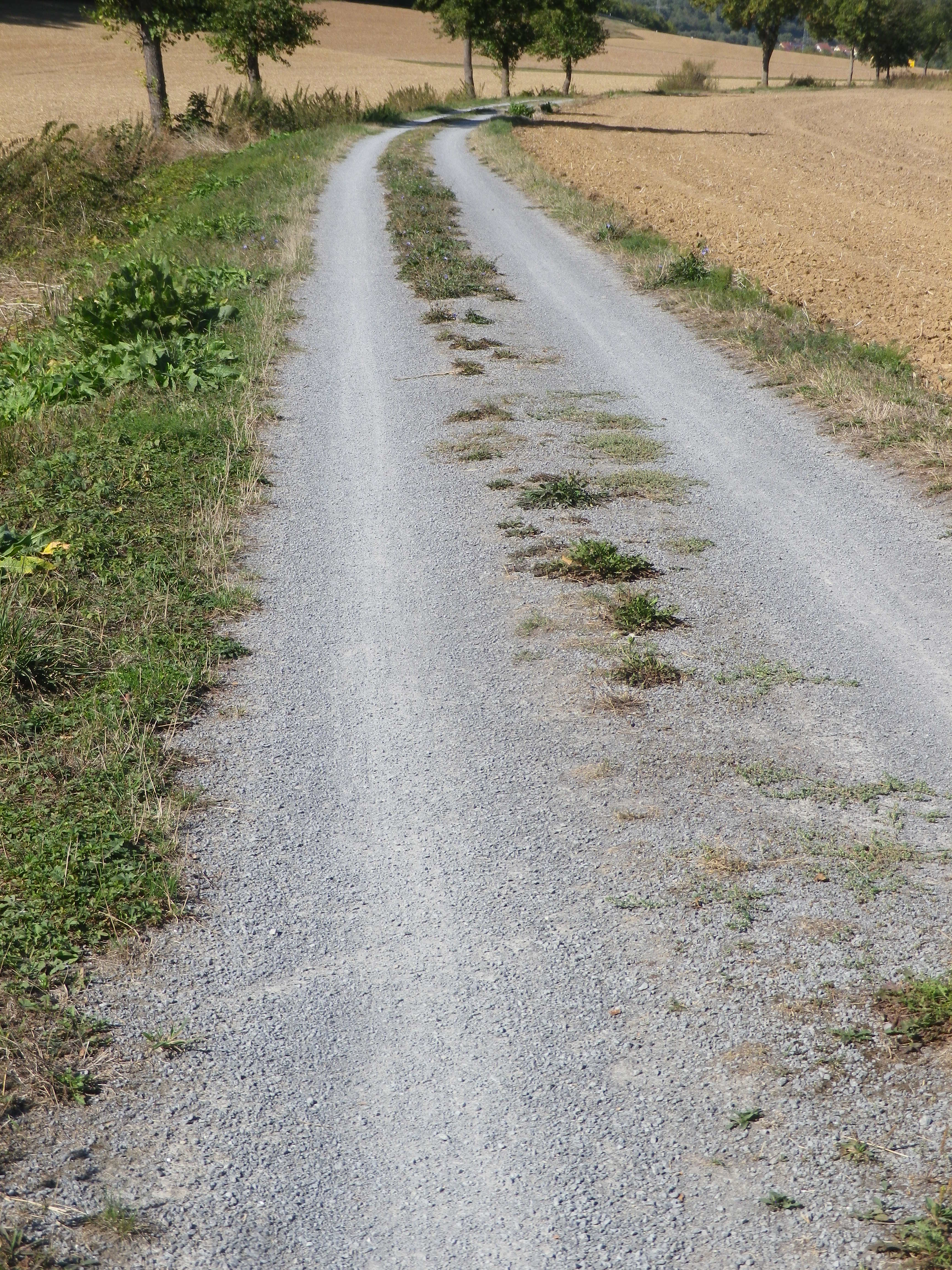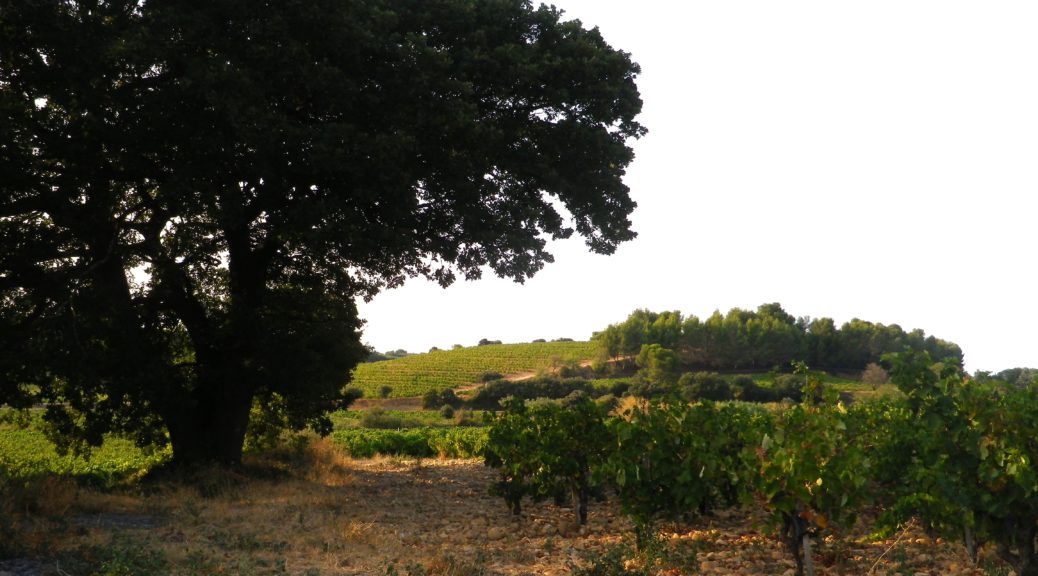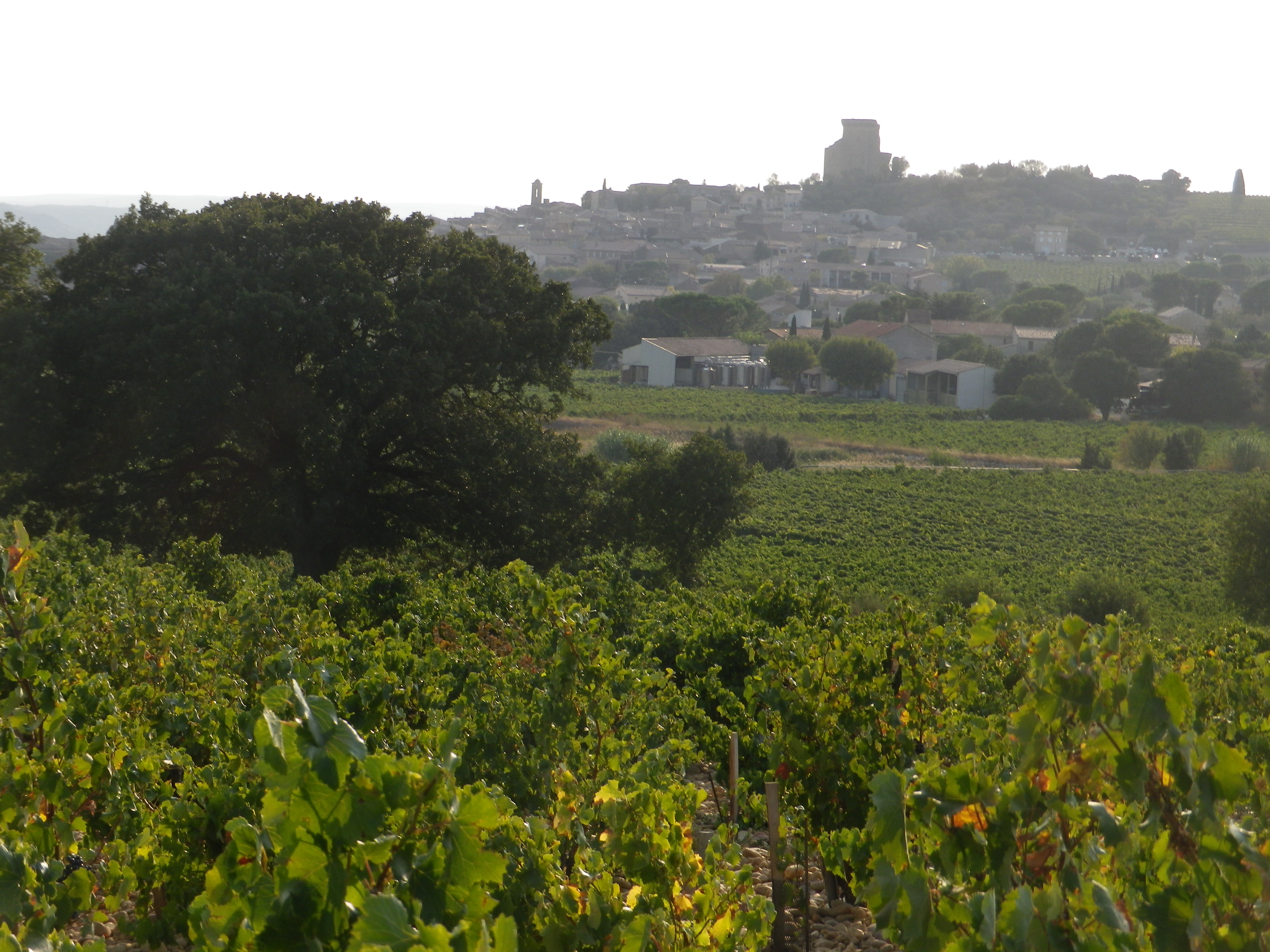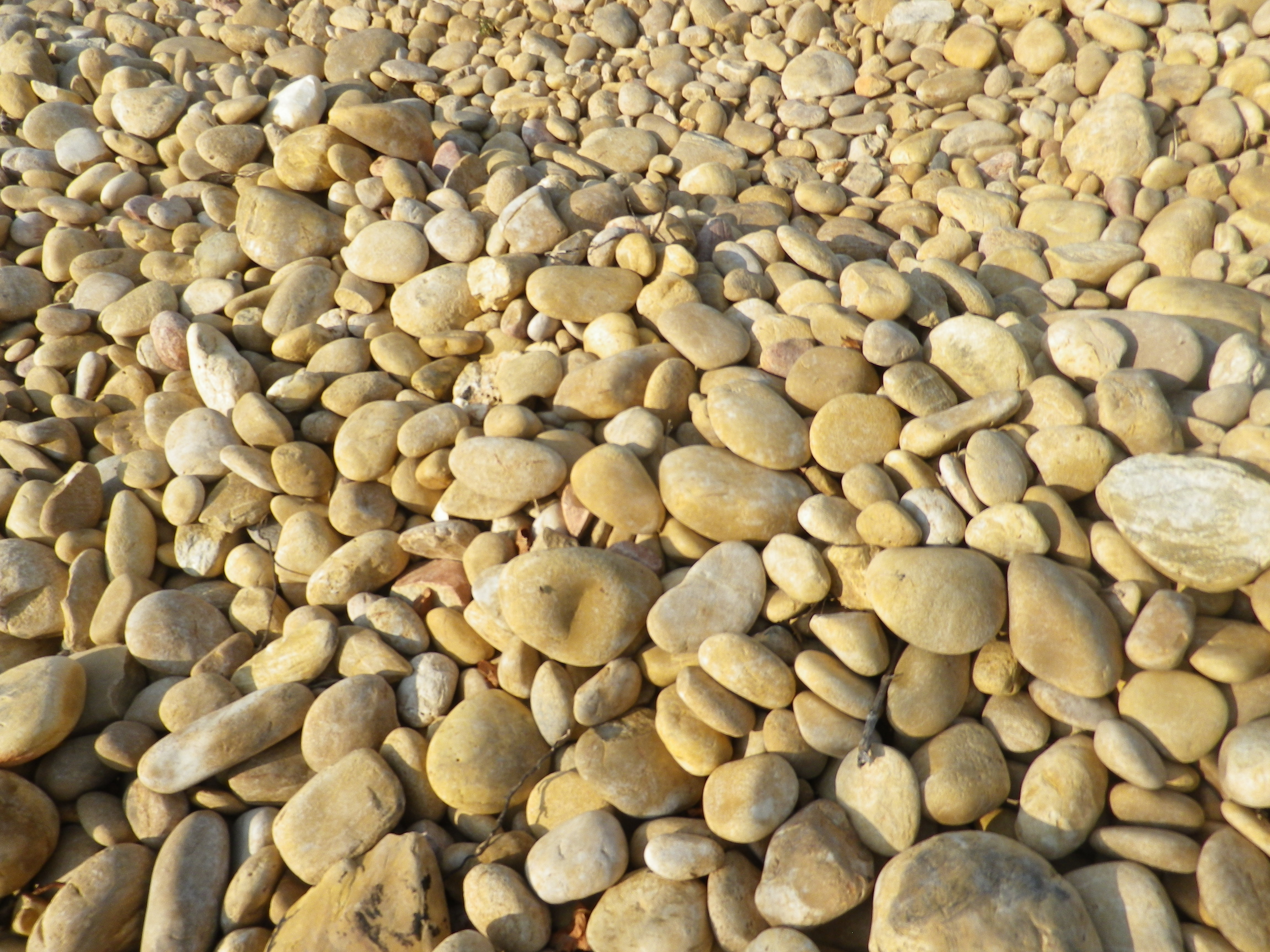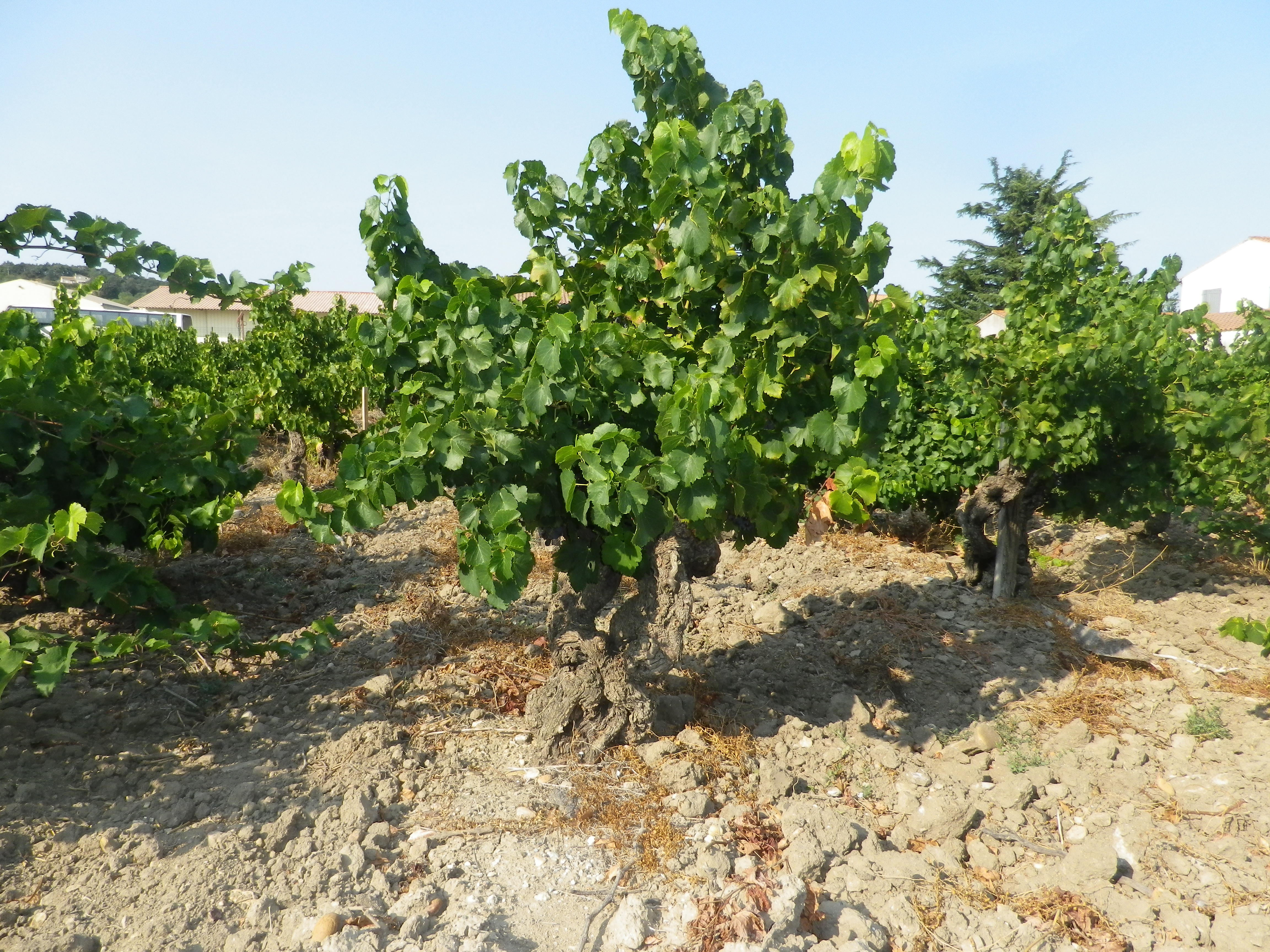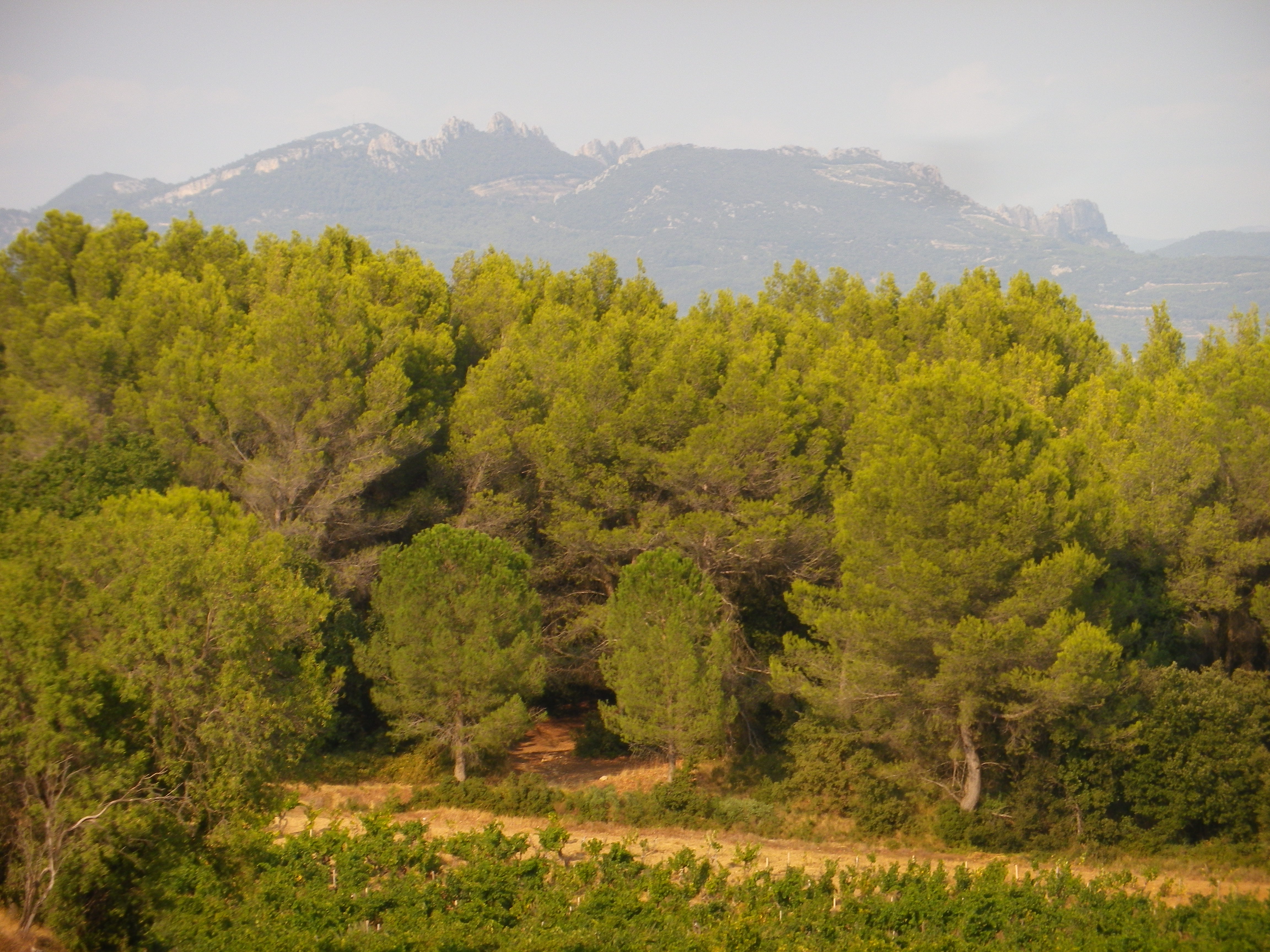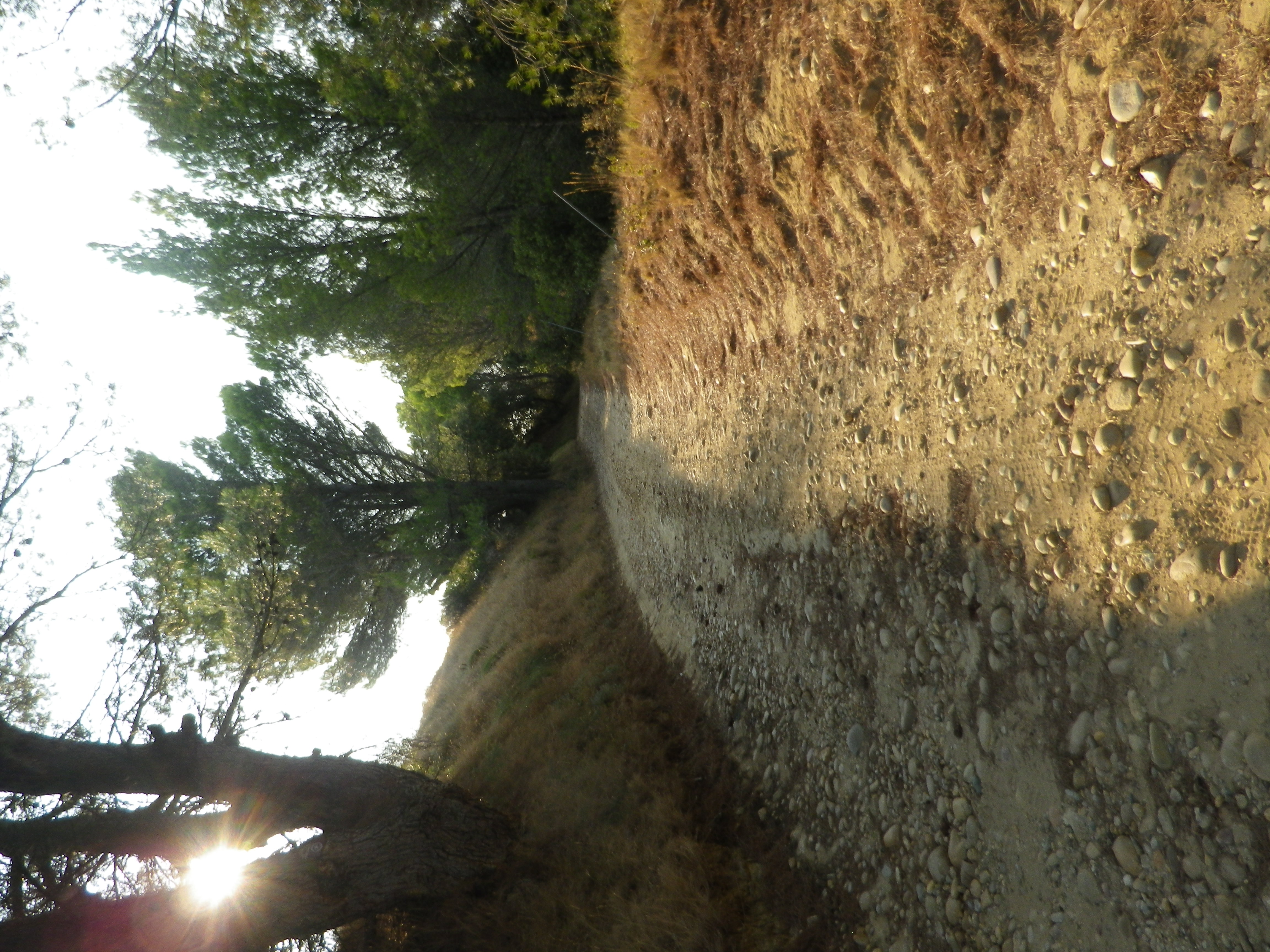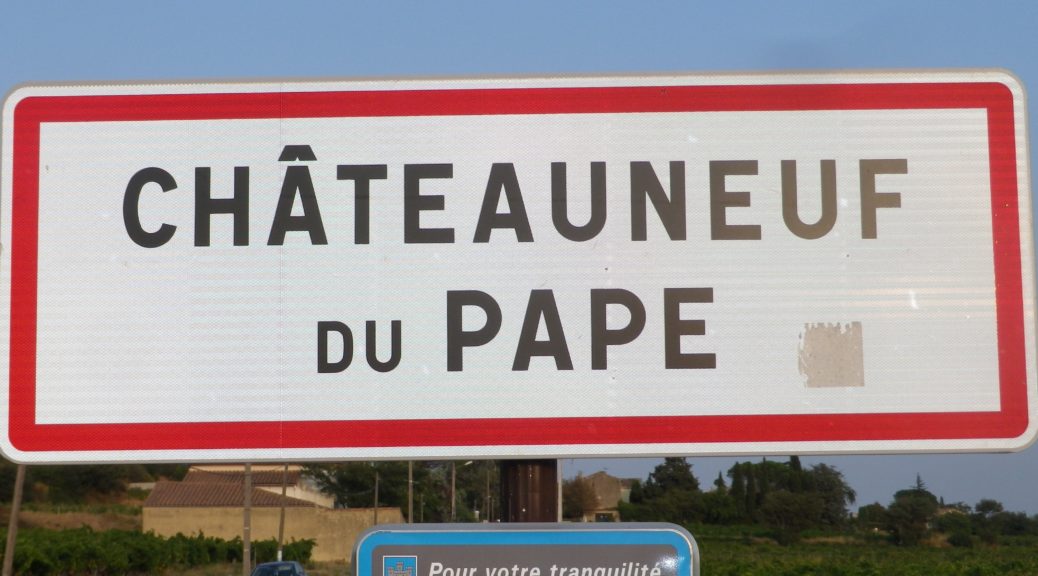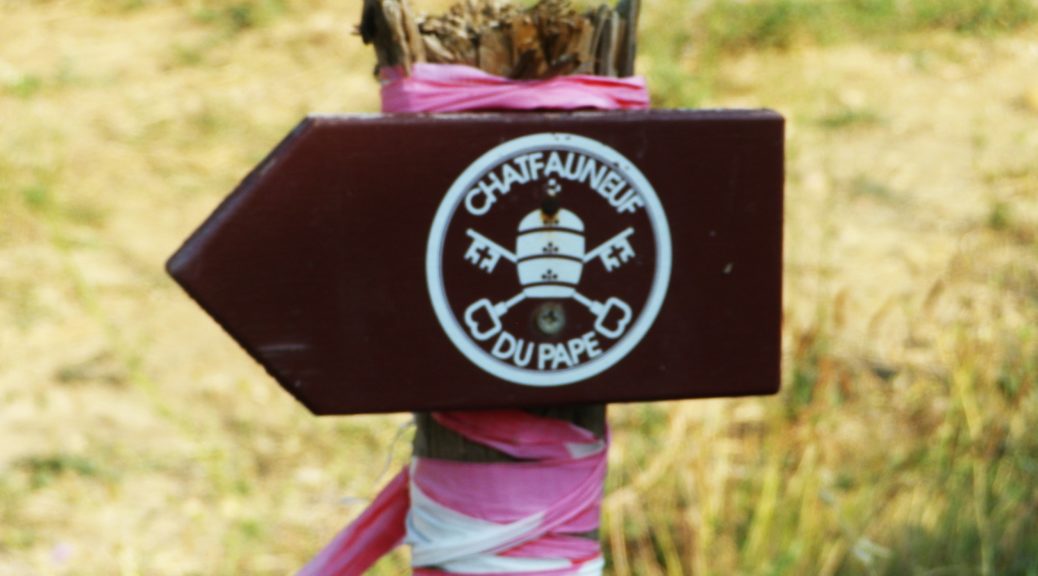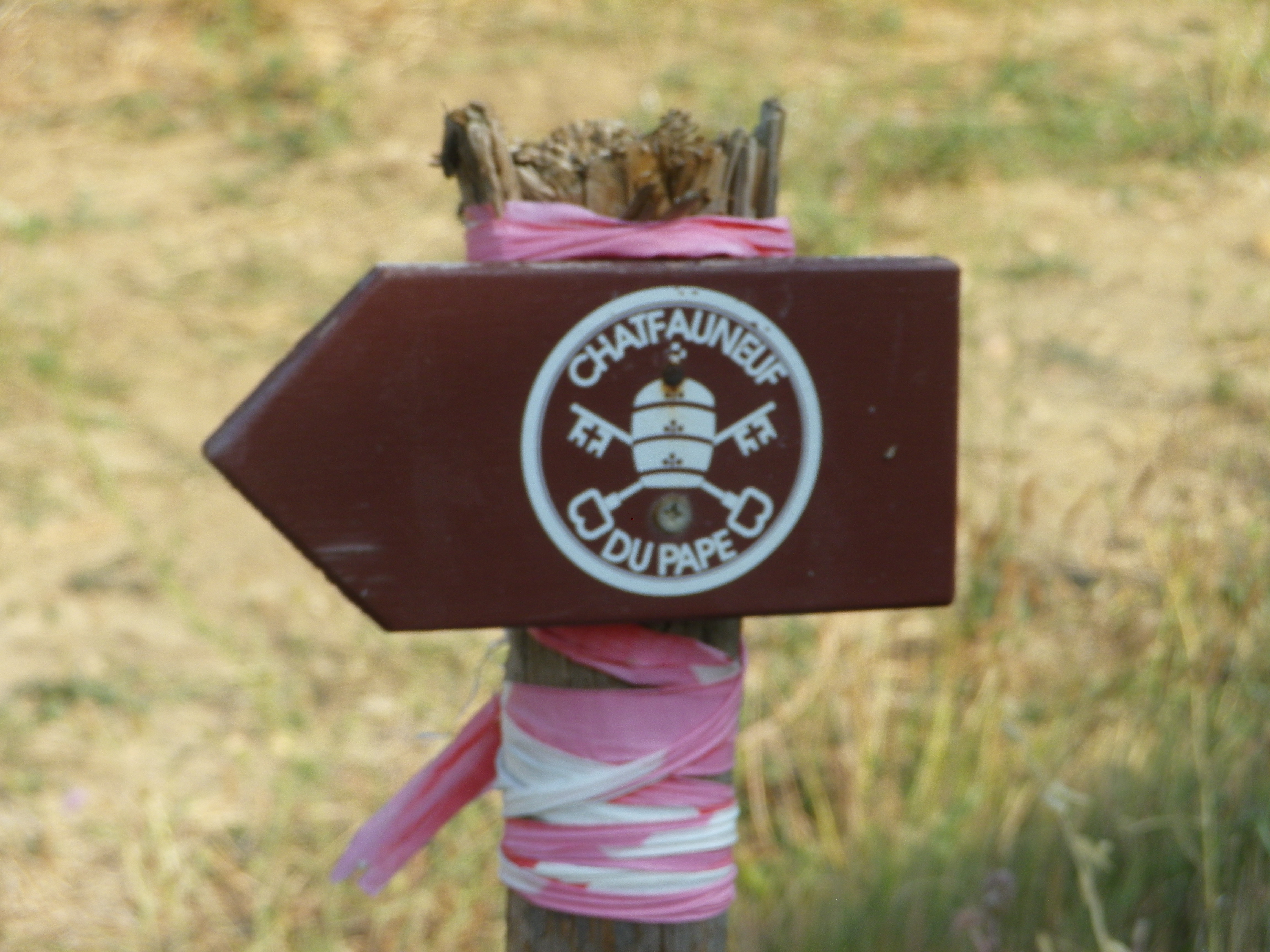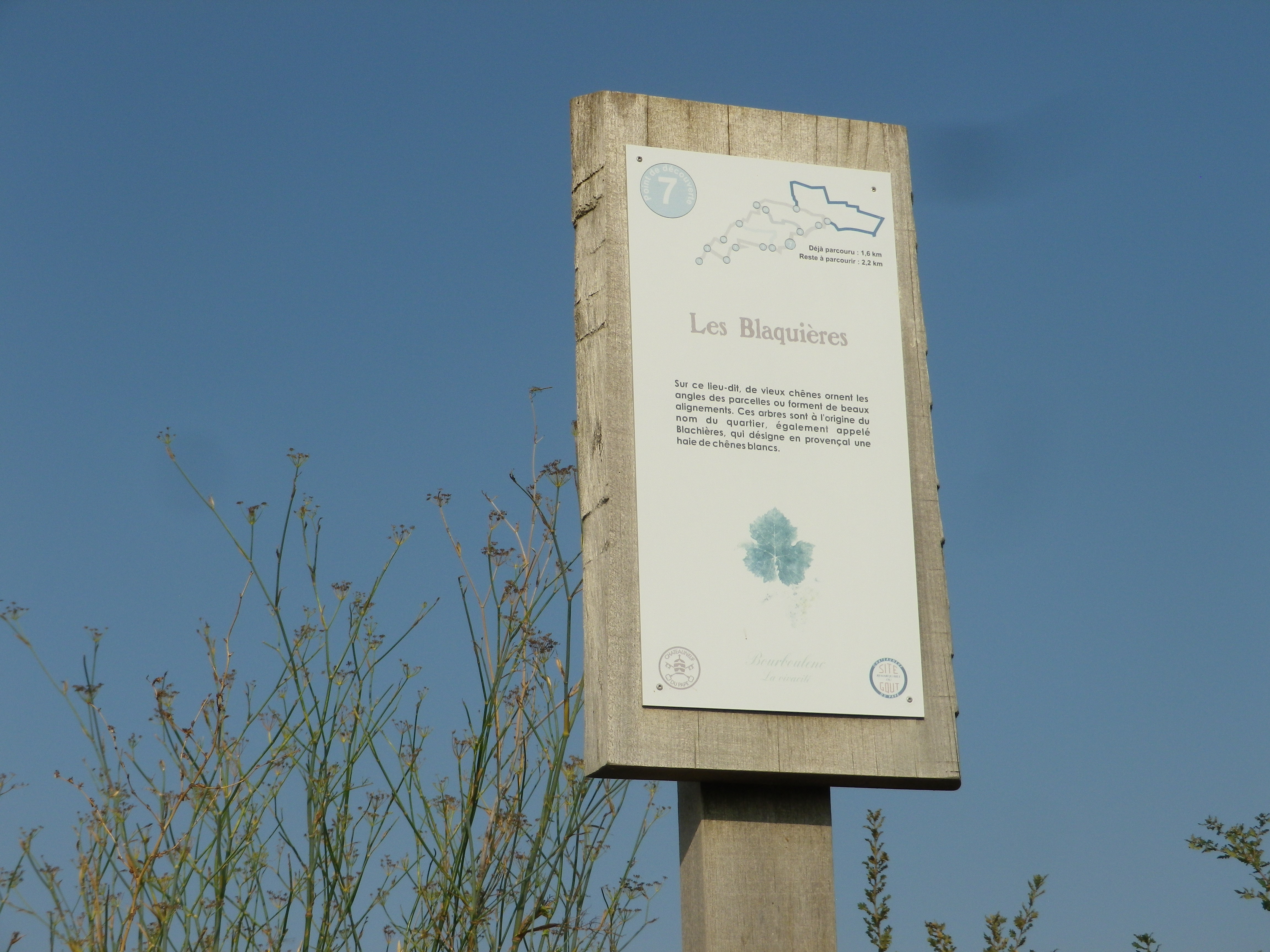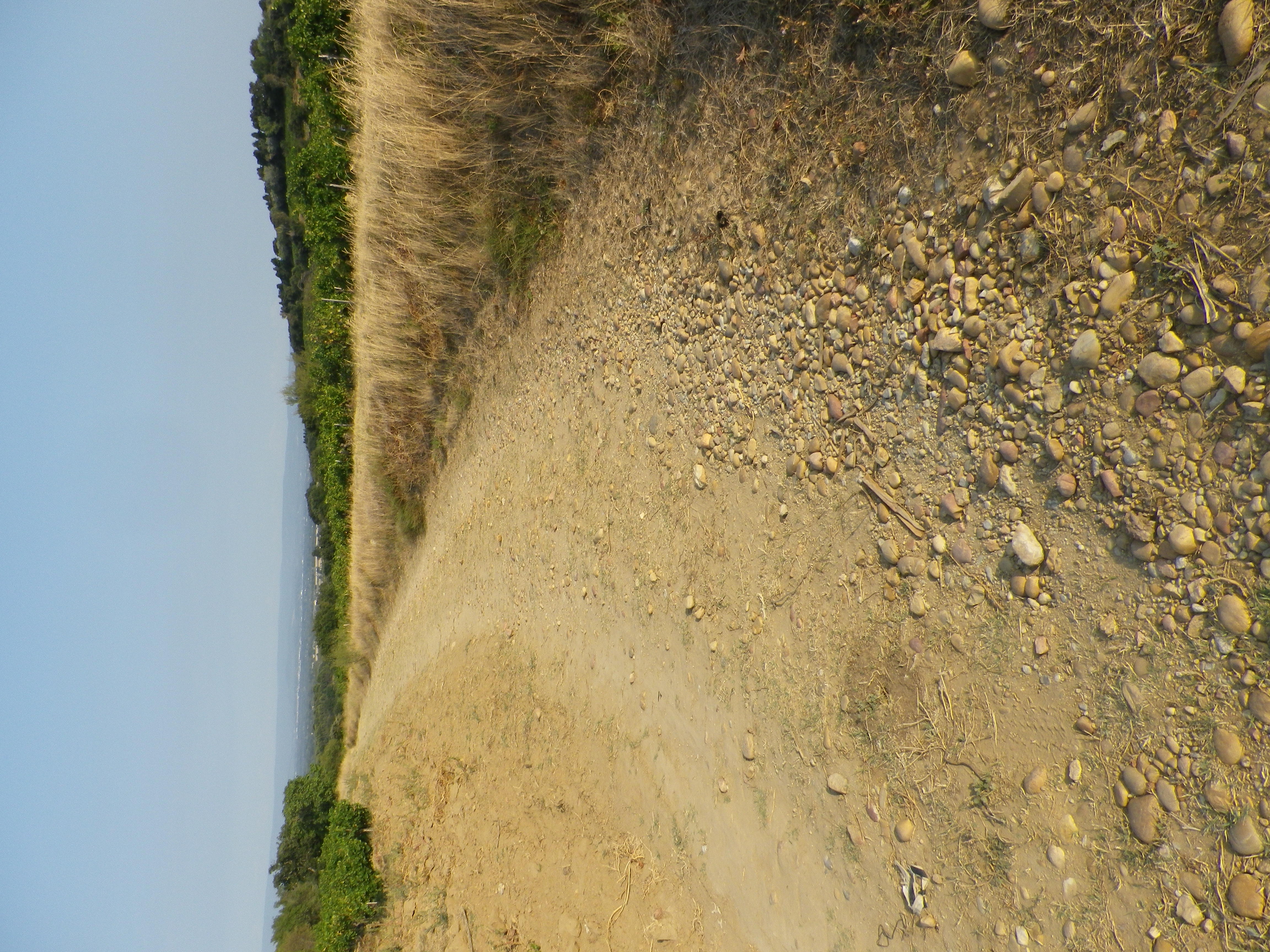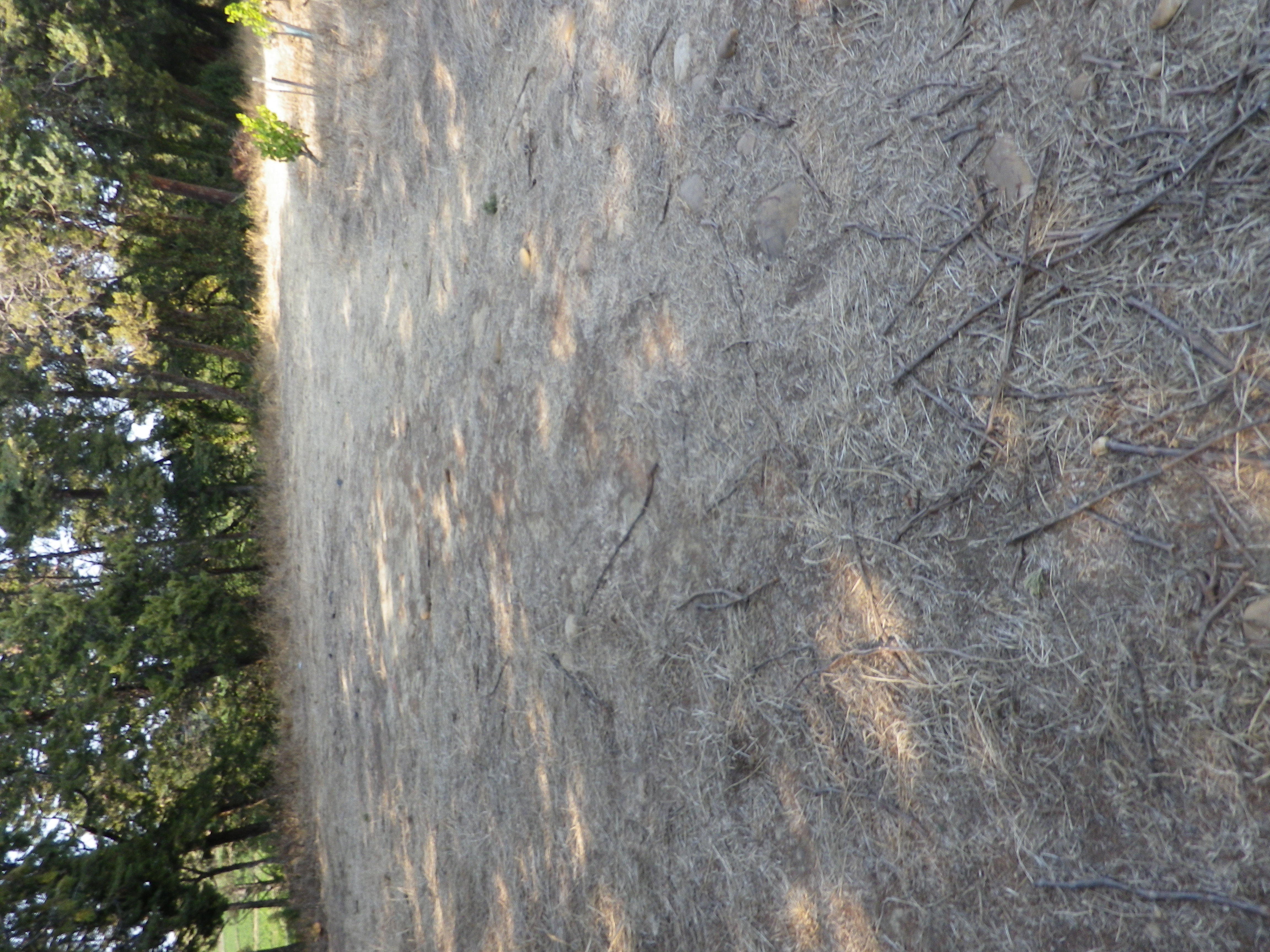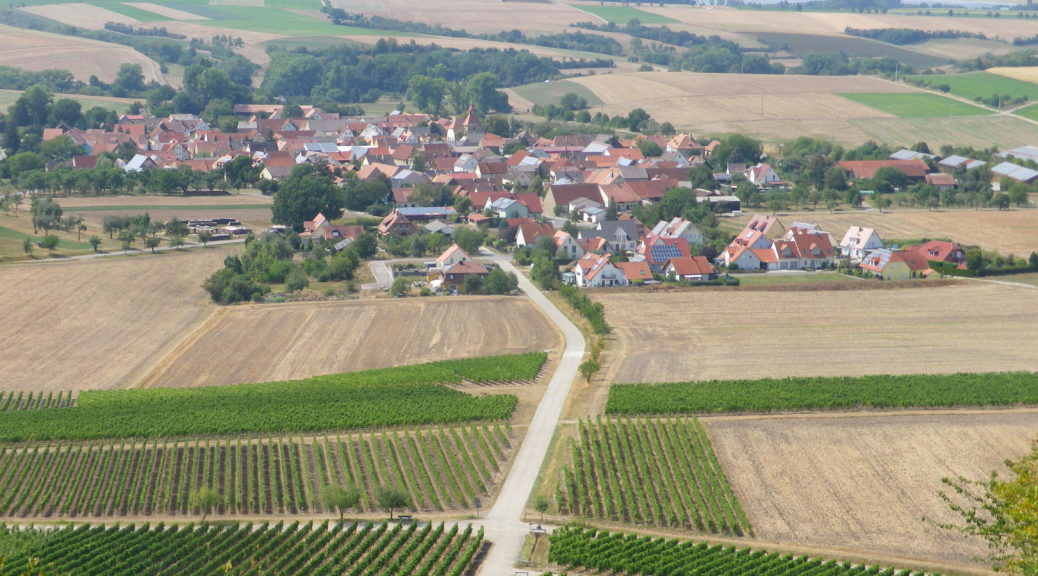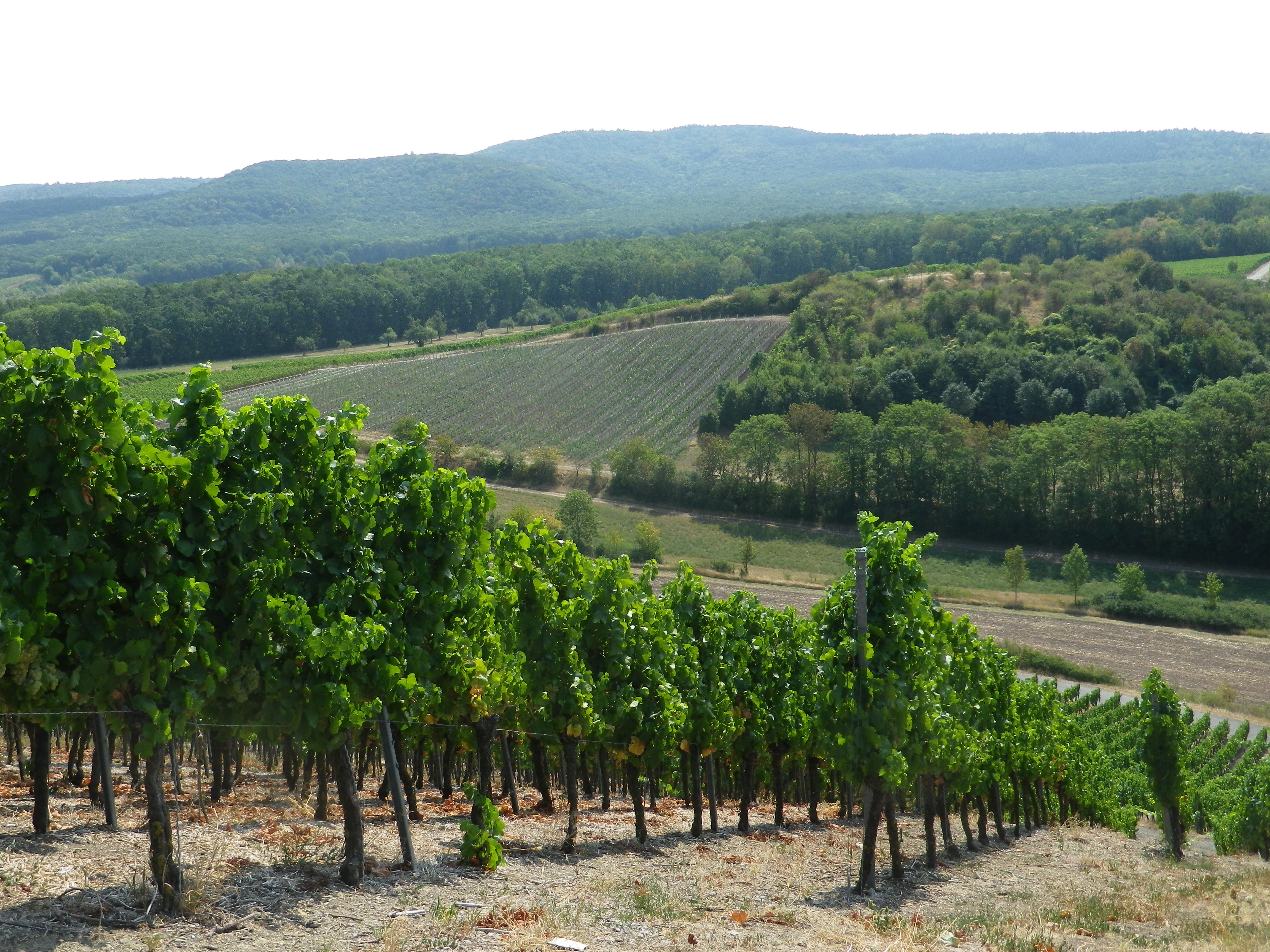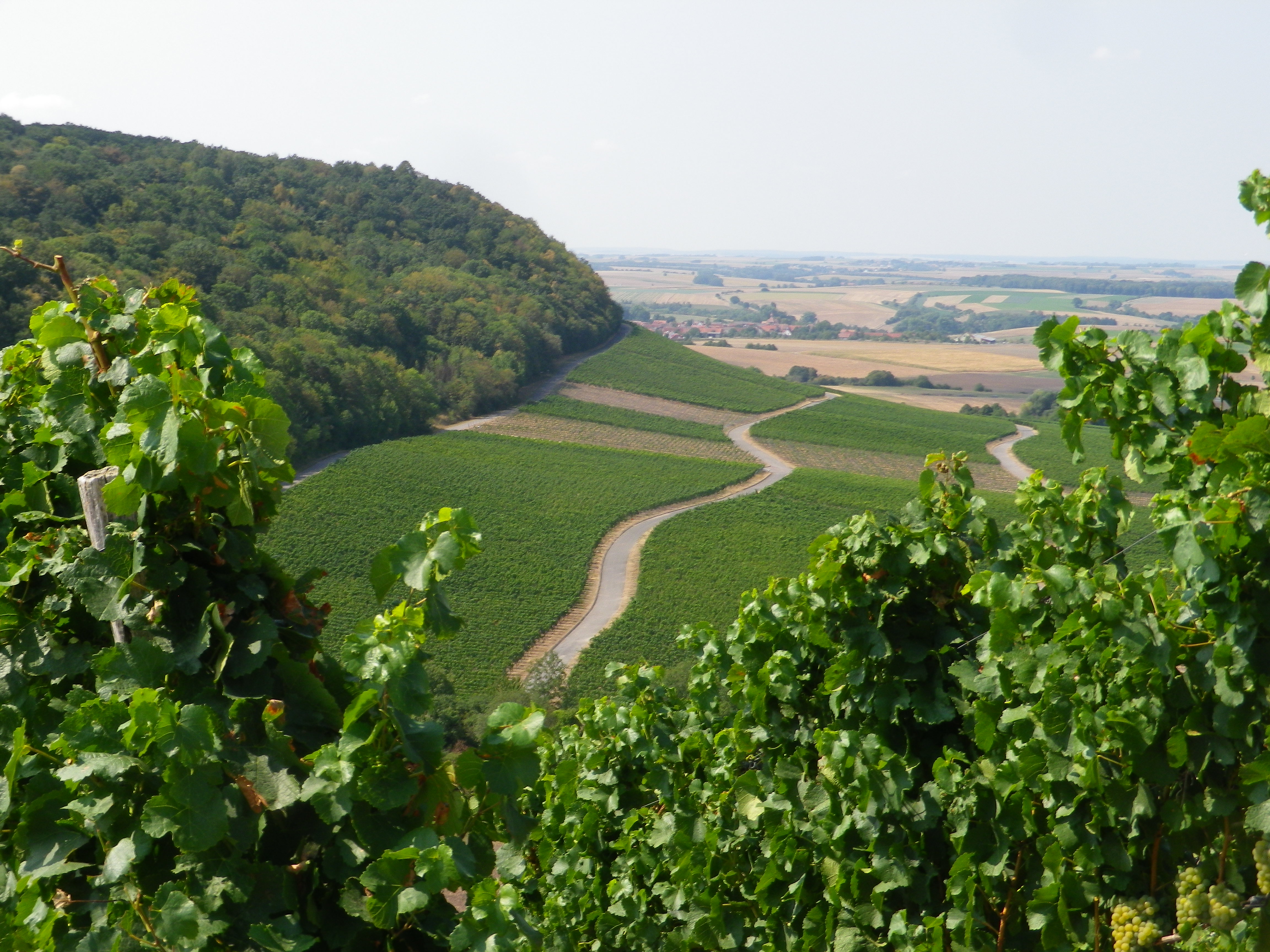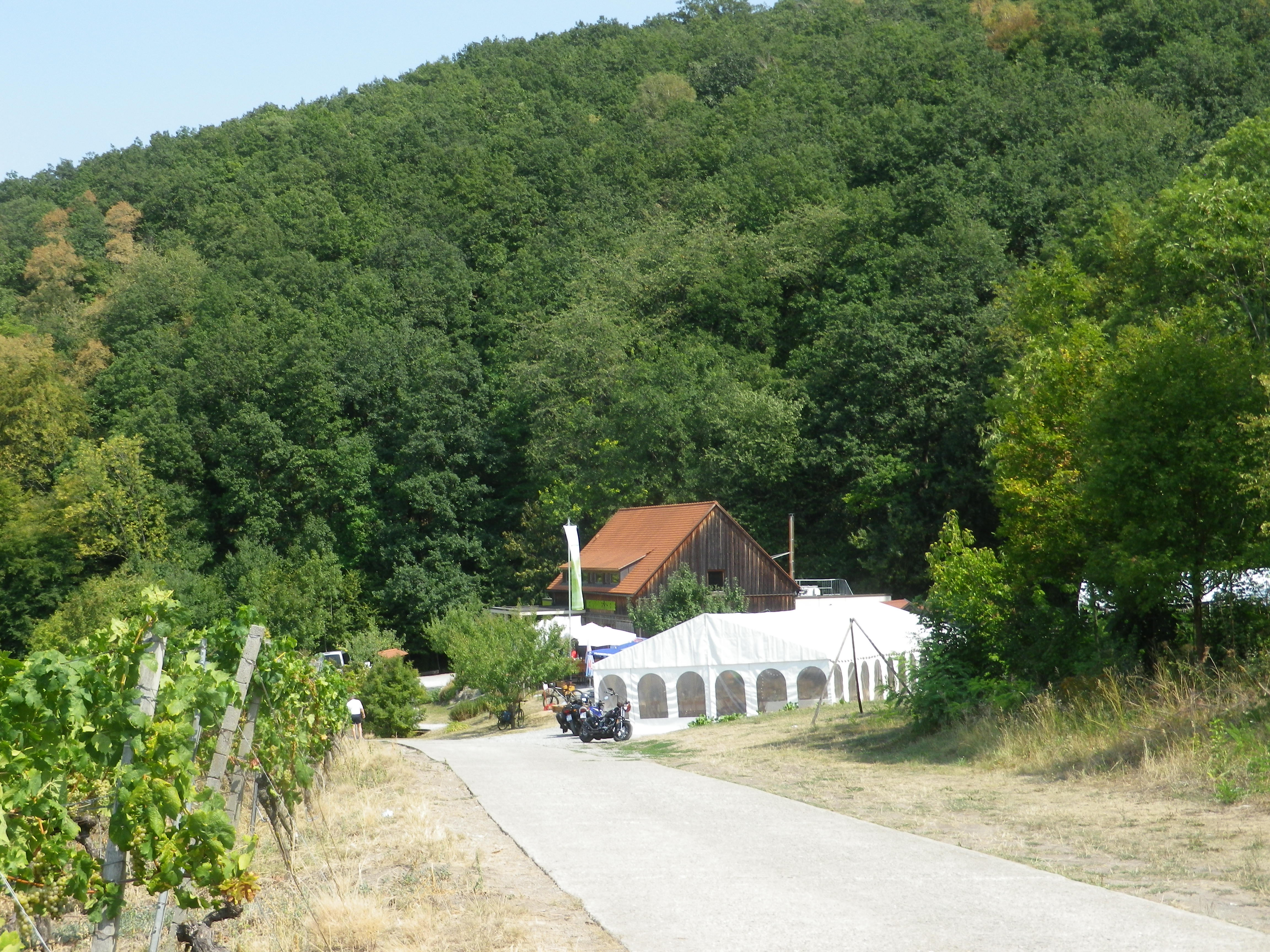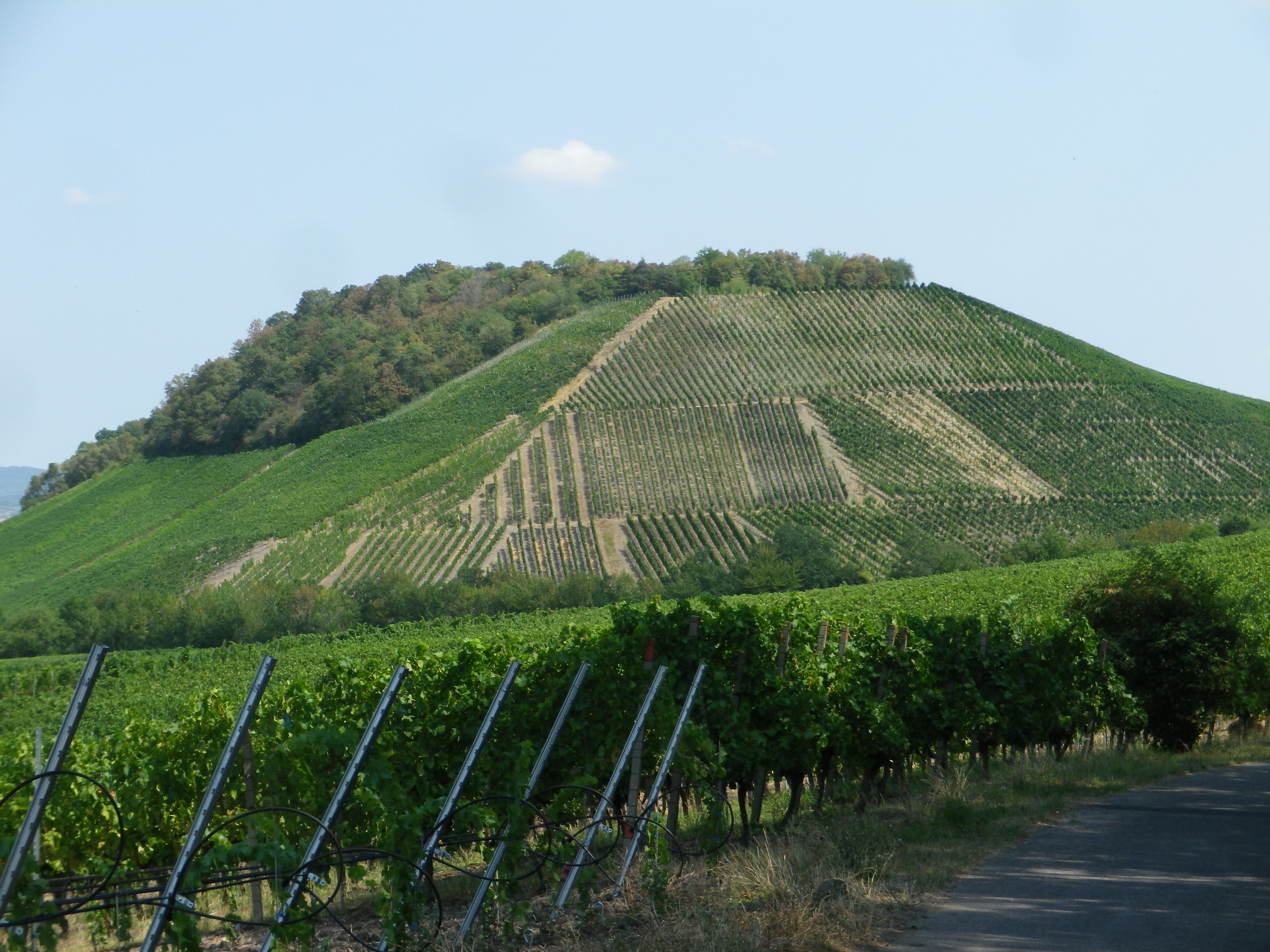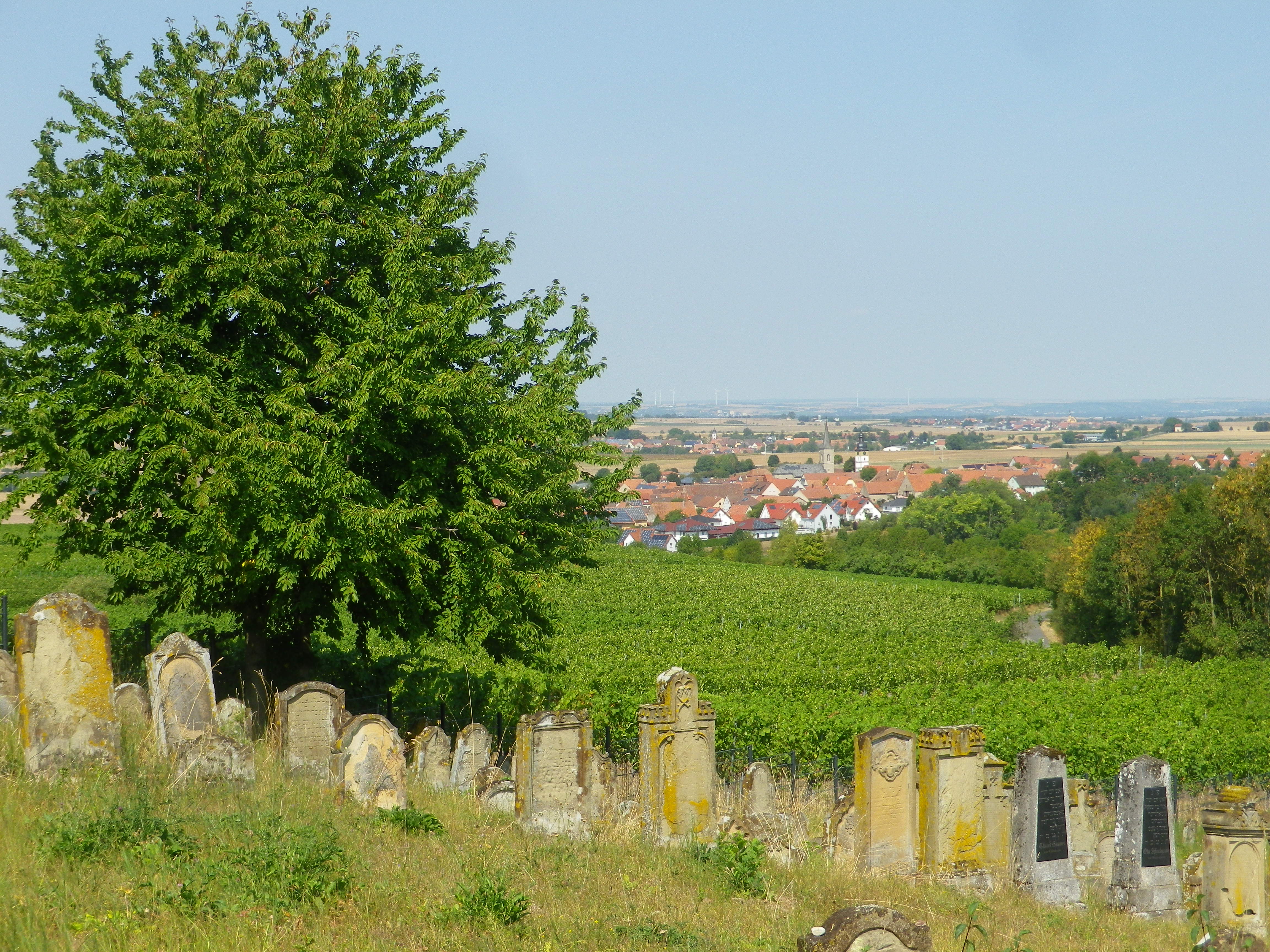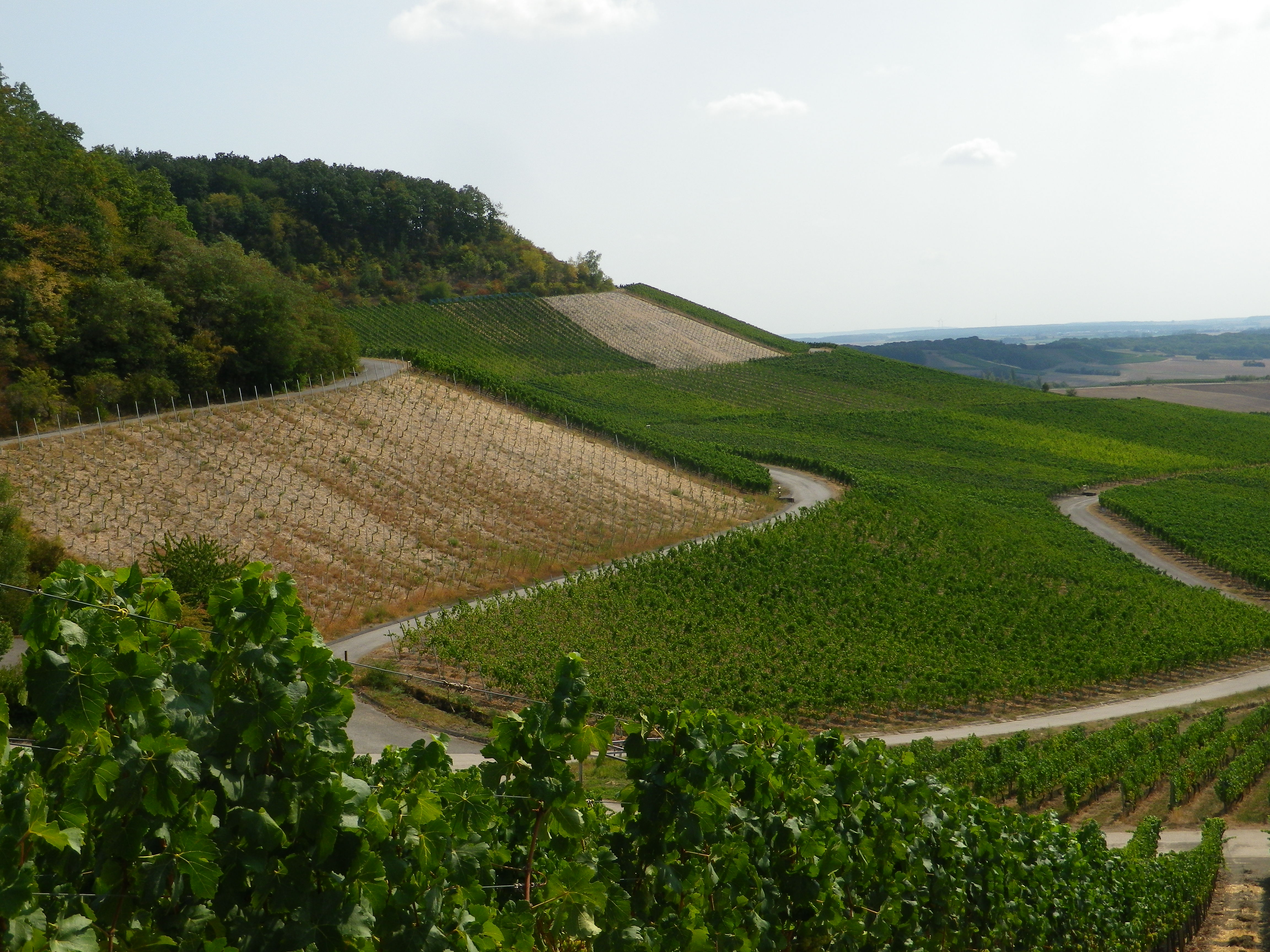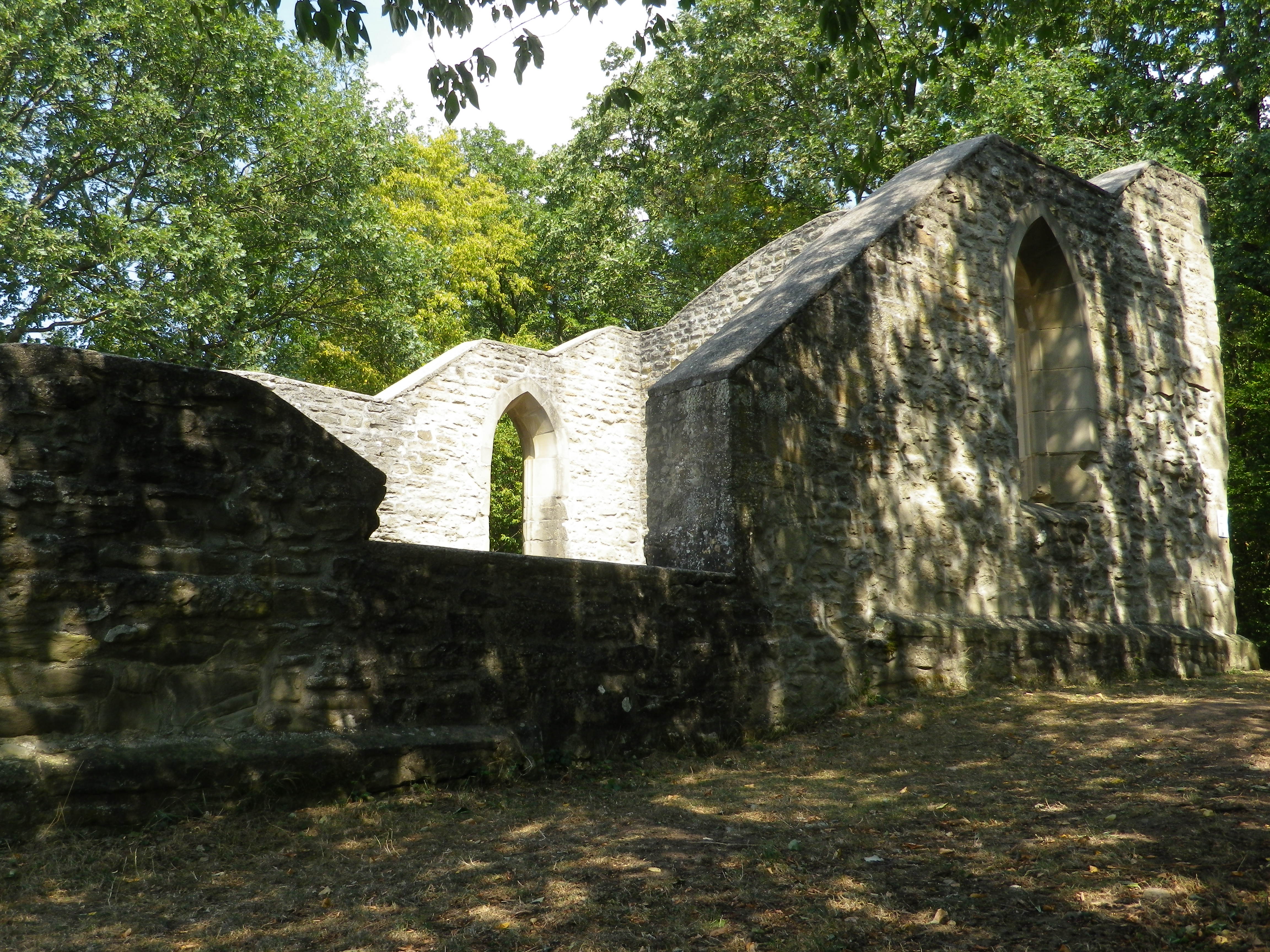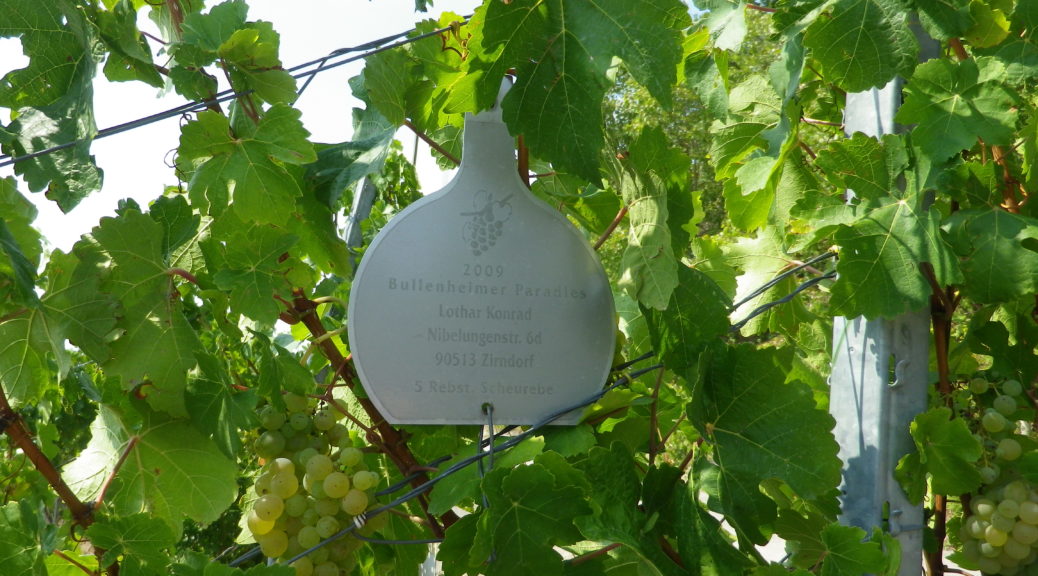What I Learned
The Mosel (Moselle)-Saar Ruwer Wine Region is a large one. The focus here is the wine growths directly along the Moselle River valley, which is classified into three sections: The Southern (Upper) Moselle area, the Bernkastel (Middle) Moselle area, and the Terraced (Lower) Moselle.
The Upper Moselle (in Germany) begins at the French border, at Perl, opposite the Luxembourg town of Schengen. It follows the river downstream. The soil here is characterized by shell limestone, marl and sediment. The slopes here are fairly gentle, and the Saar River joins into the Moselle at the edge of this zone. This area ends where it abuts against the Bernkastel (Middle) Moselle zone, around the city of Trier. The Ruwer district joins the Moselle above Trier, then the Bernkastel zone begins again by Kenn, and continues uninterrupted almost reaching Zell (Mosel). Most visitors begin their Moselle visits at Bernkastel-Kues, and follow downriver to Zell and Cochem, even to Koblenz on the Rhine, thus missing this southern Bernkastel area completely. In this middle district, I mostly focused on wines from Mehring, and its well-known Goldkupp and Zellerberg vineyards. The area around Trier (famous for Karl Marx and the Romans), produced some interesting wines as well. This is where Roman history and great wine terroir combine to create a compelling experience for wine tourists.
What I Tasted
2017 Riesling Spaetlese, Mehringer Goldkupp, Trocken, Praedikatswein, Weingut Sebastiani (Mehring): A dry white wine with medium minus gold color; floral, mineral nose, with spice mustard, slight turpentine, and fruit flavors, medium plus acidity, with a tart finish.
2017 Riesling, Mehringer Zellerberg, Hochgewaechs, Halb-Trocken, Deutscher Qualitaetswein, Weingut Sebastiani: An off-dry white wine with pale plus gold color; a slightly mineral nose, with green apples, and green gooseberry flavors.
2017 Riesling Auslese, Mehringer Goldkupp, Trocken, Praedikatswein, Weingut Sebastiani: A sweet white wine with medium minus gold color; a ripe, fruity nose, with ripe peach and apricot flavors; mild acidity, and well-balanced overall.
2017 Weissburgunder, Mehringer Zellerberg, Trocken, Deutscher Qualitaetswein, Weingut Sebastiani: A dry white wine with pale gold color; a slight nose of fruit, and green apple flavor, with a hint of minerality; Medium acidity.
2016 Dornfelder, Auf Schock, Trocken, QbA, Weingut Jutta Fassian (Mehring): A dry red wine with dark garnet color; cherry nose with a hint of tobacco, cherry, pipe tobacco and oak flavors; soft, mild tannins, smooth finish, with a velvety mouthfeel.
2016 Riesling, Trierer Sankt Mattheiser, Hochgewaechs, Feinherb, Qualitaetswein, Weingut H. Wahlen (Trier): An off-dry white wine with light gold color, fruity and mineral nose, with floral and ripe peach flavors; medium acidity, smooth, sweet finish.
2015 Spaetburgunder Rose, Halb-Trocken, QbA, Weingut Longen-Schloeder (Longen-Longuich): An off-dry rose with a light cranberry color; slight red berry and floral nose, with red berry and vanilla flavors, hint of stone-mineral; smooth finish.
